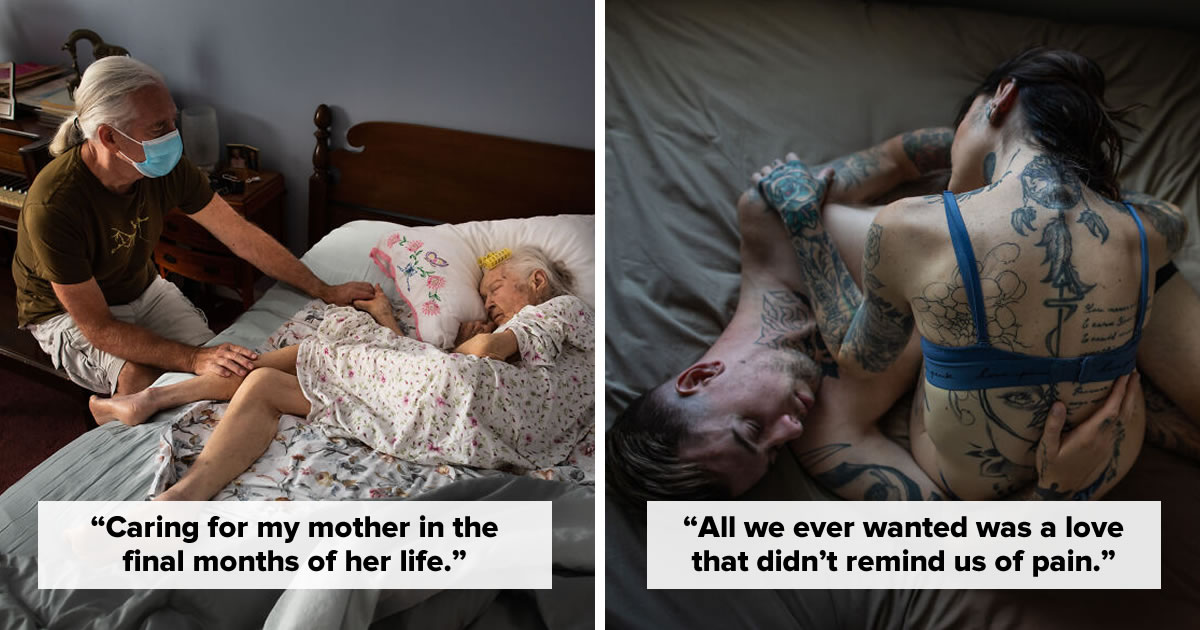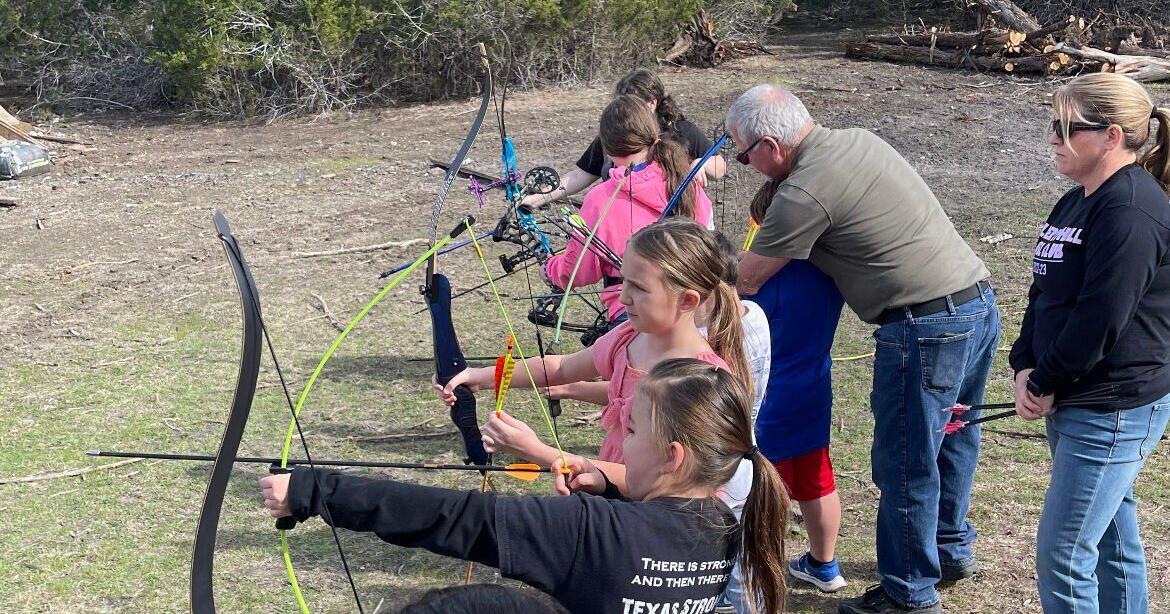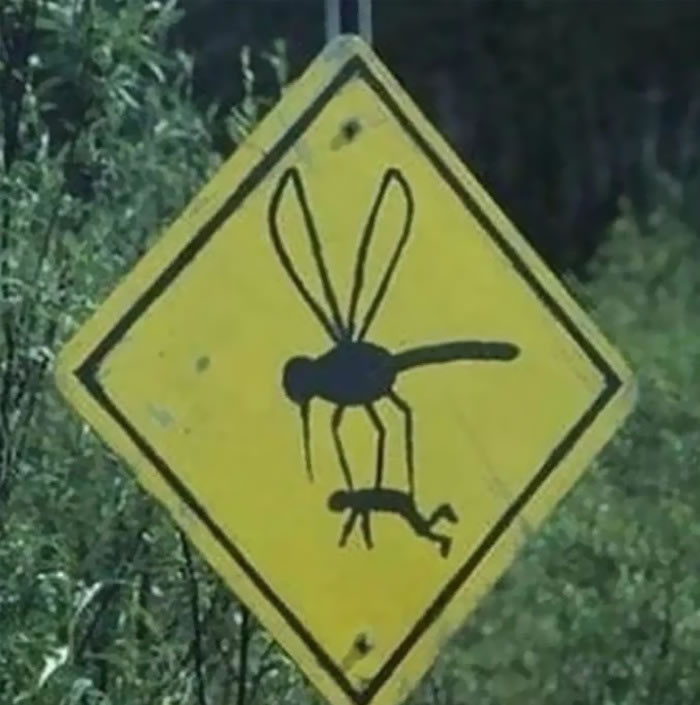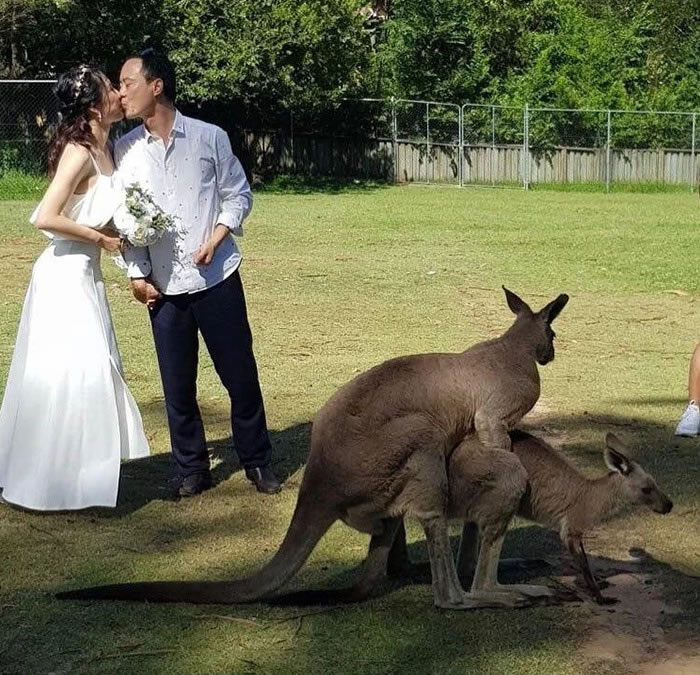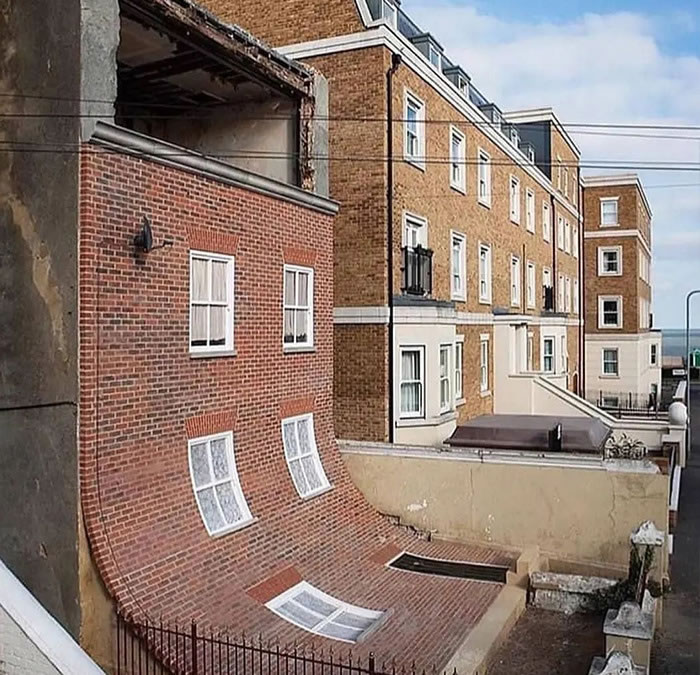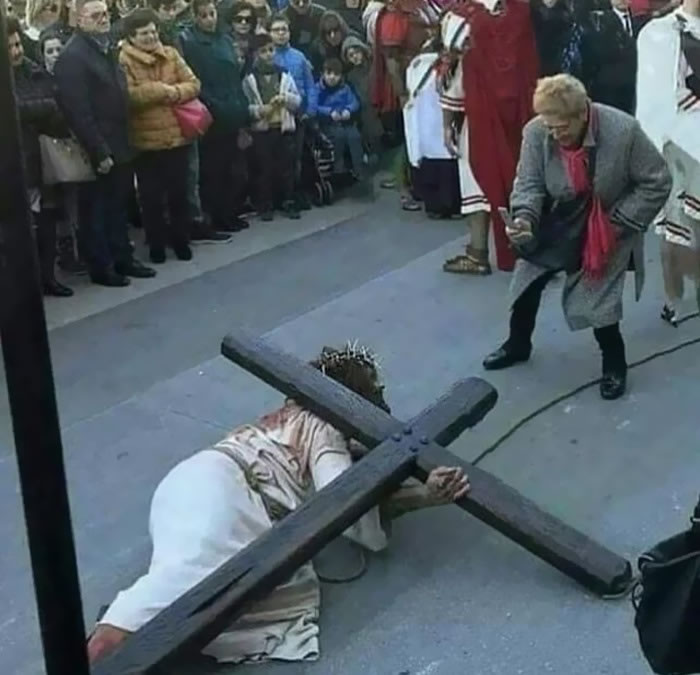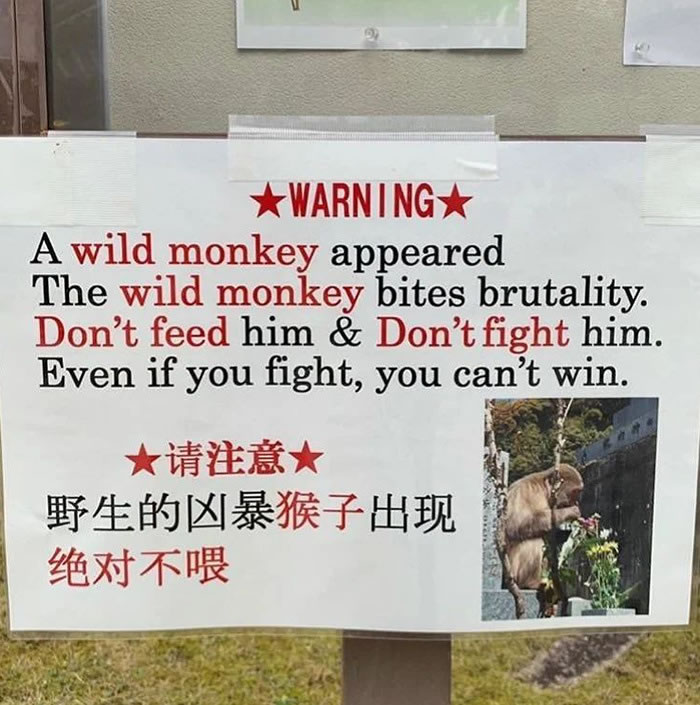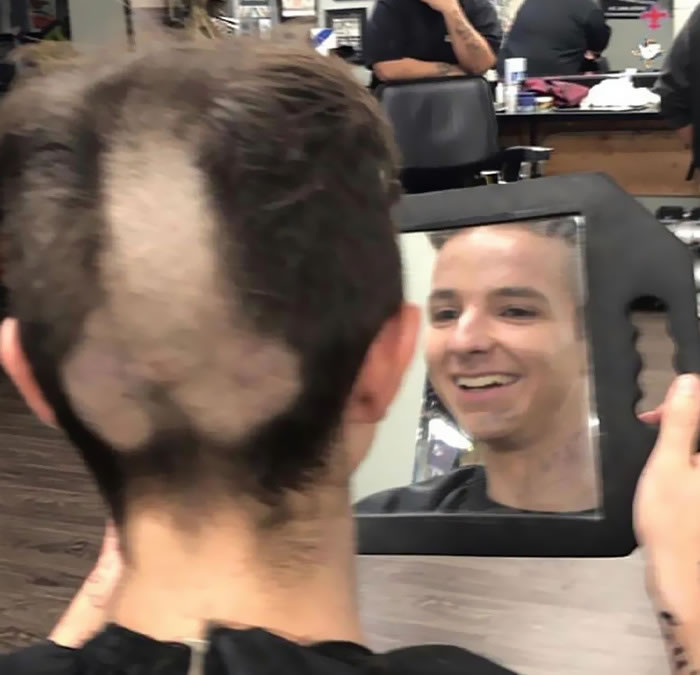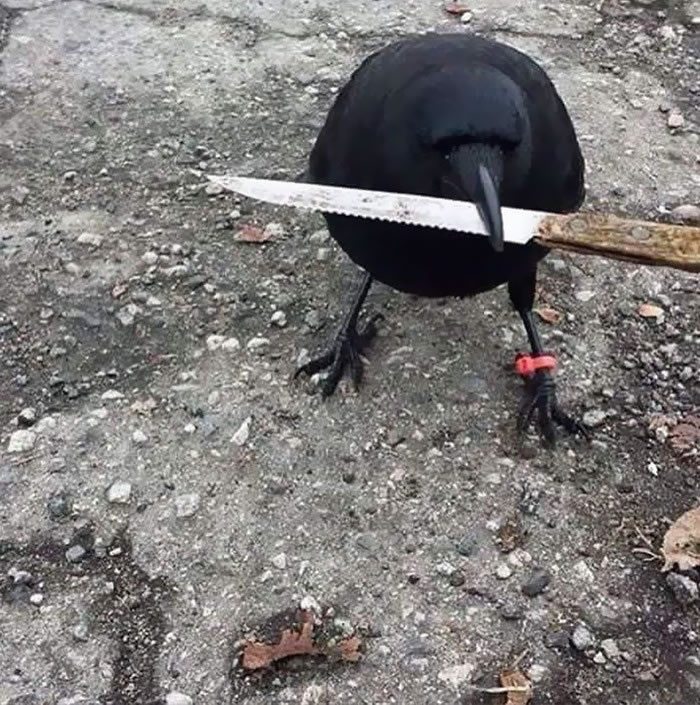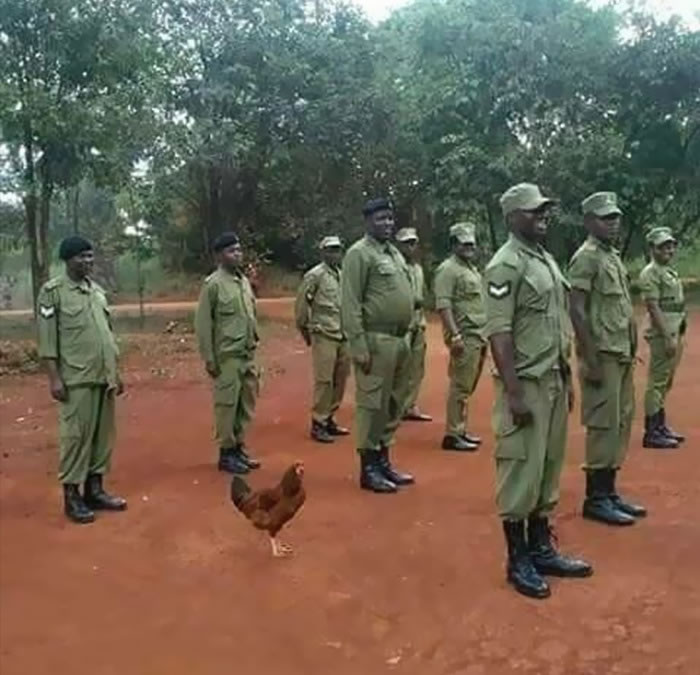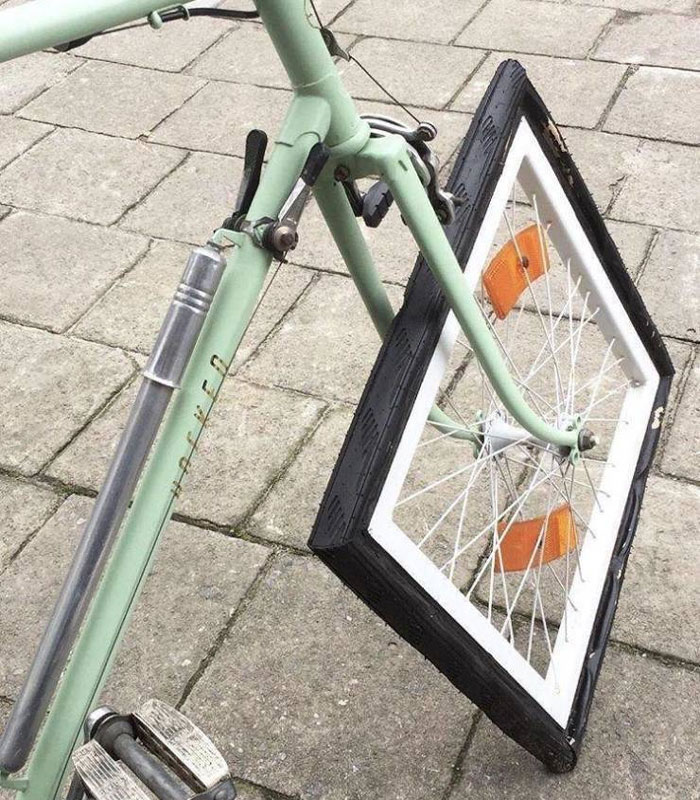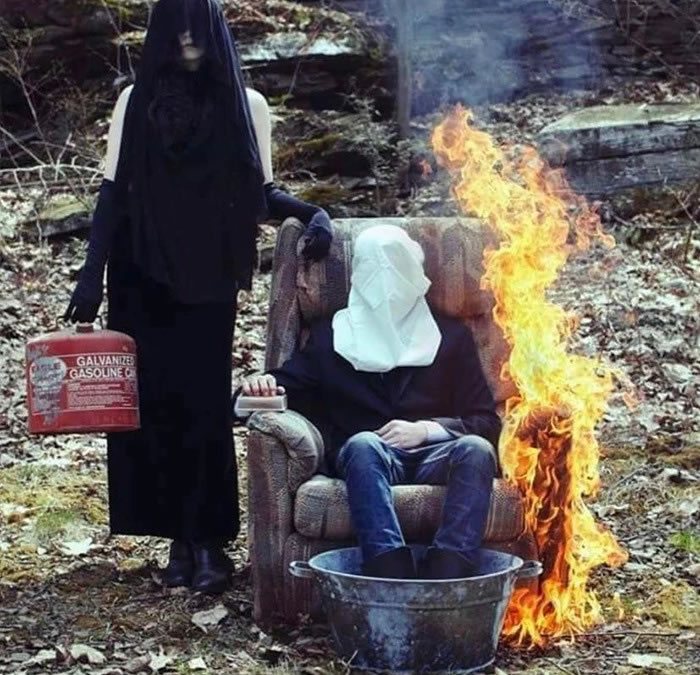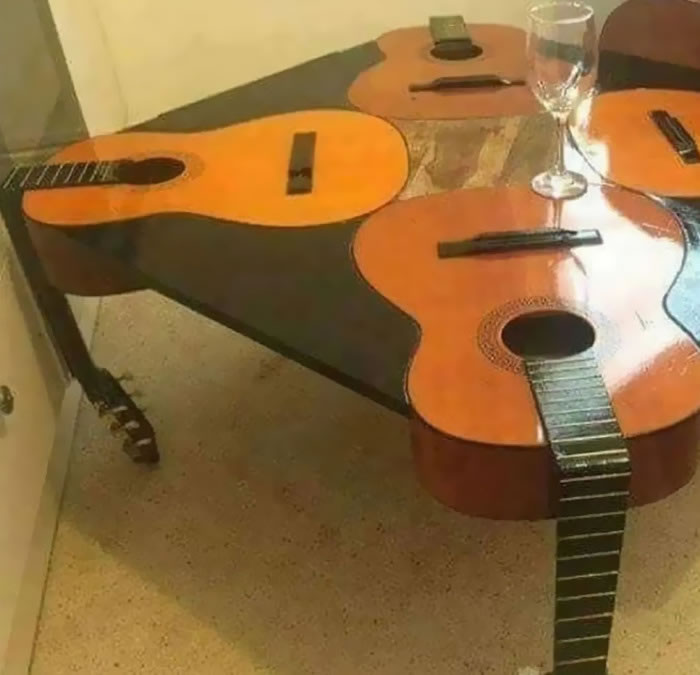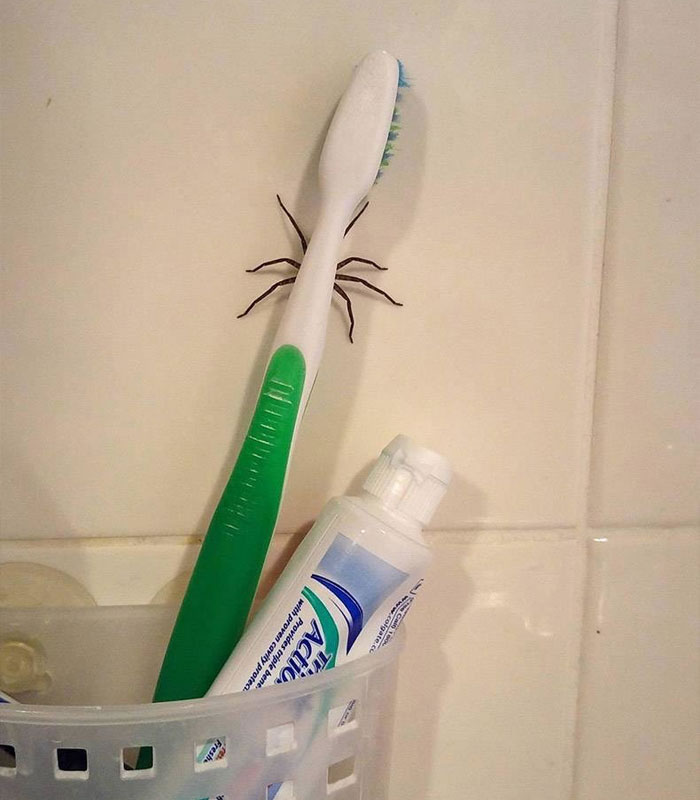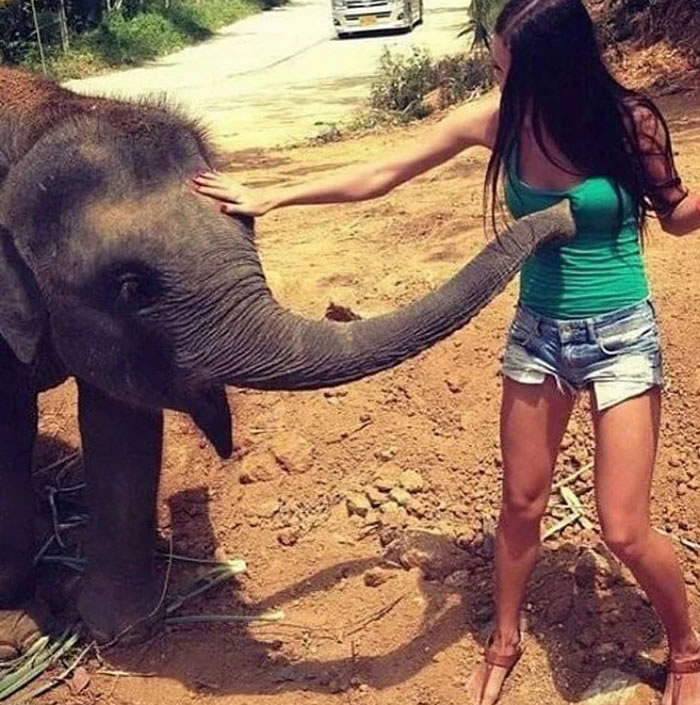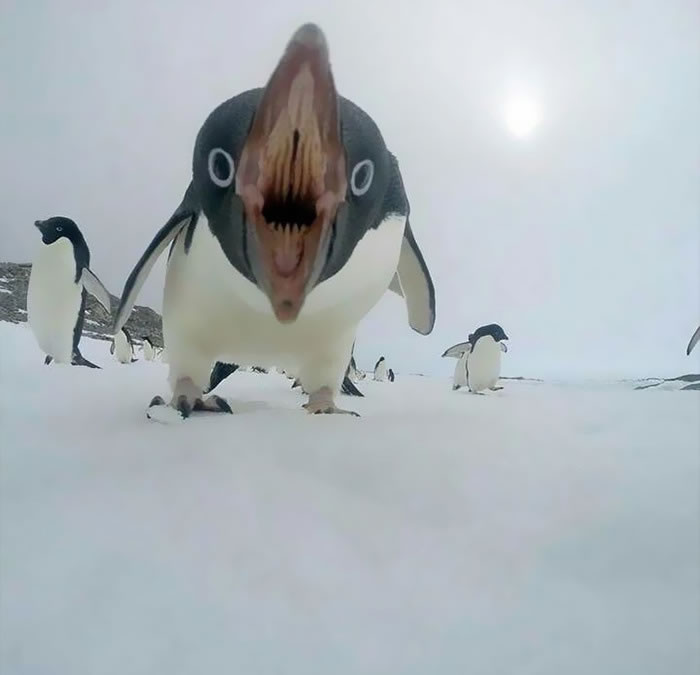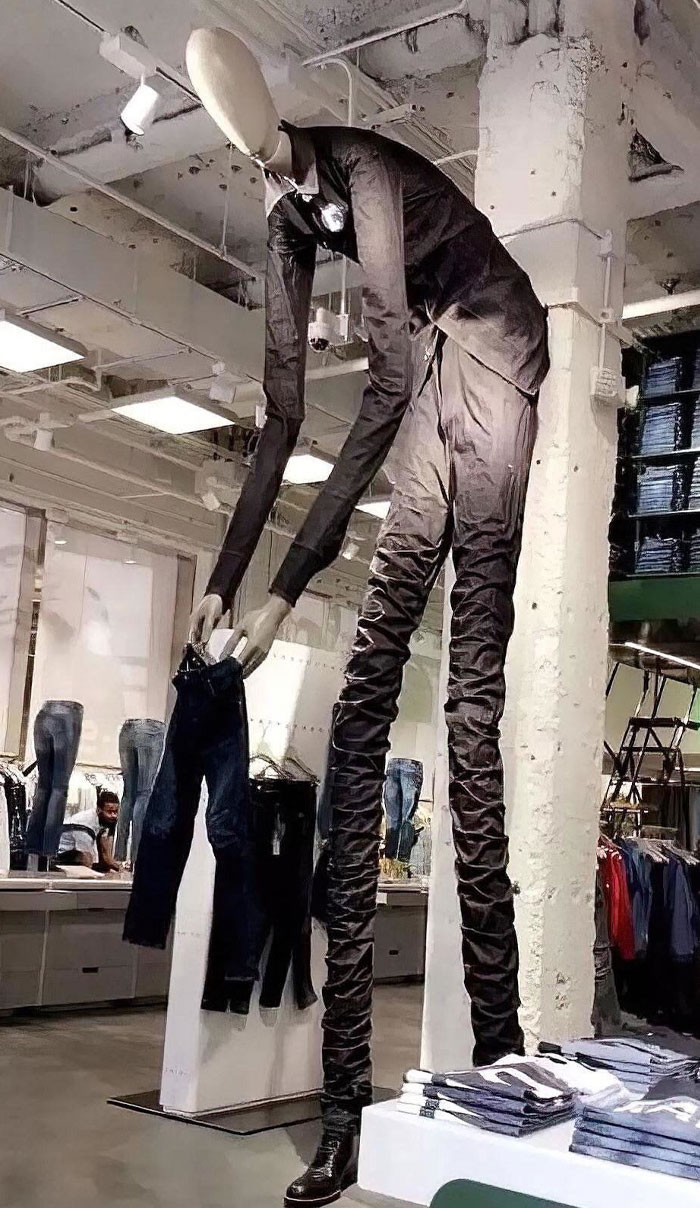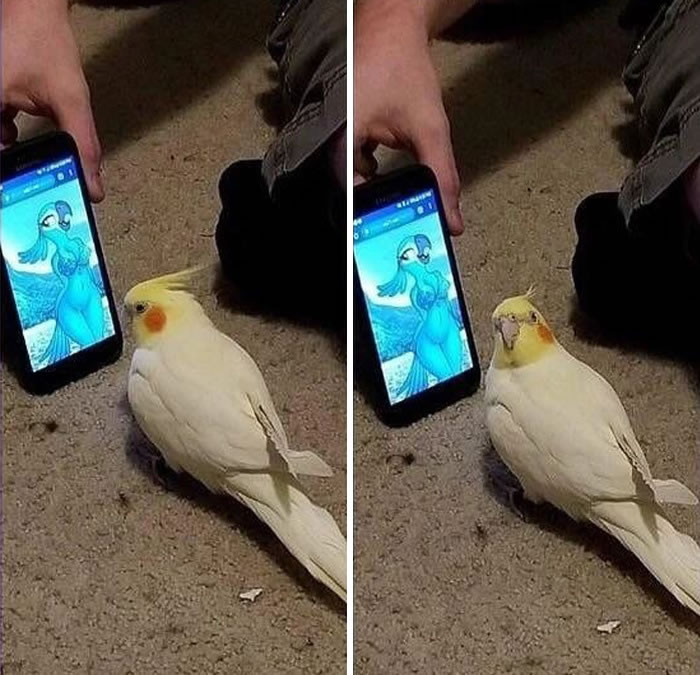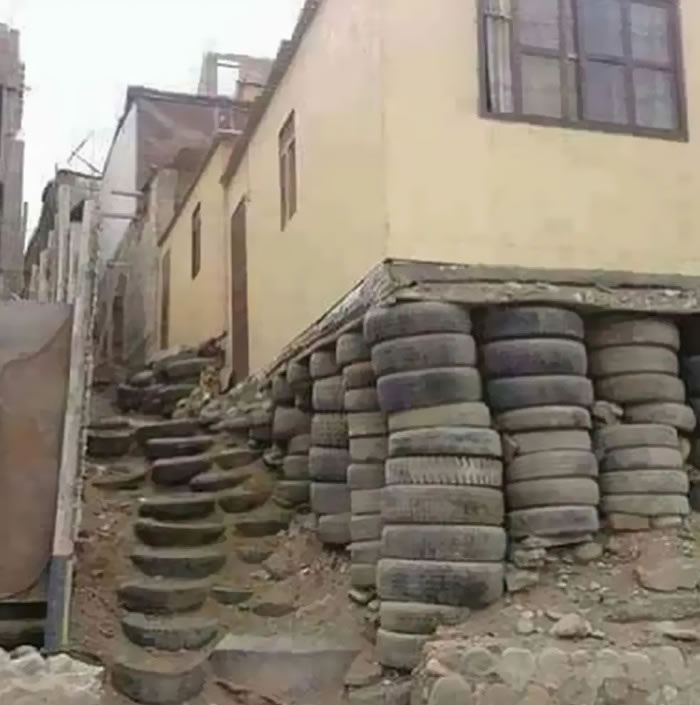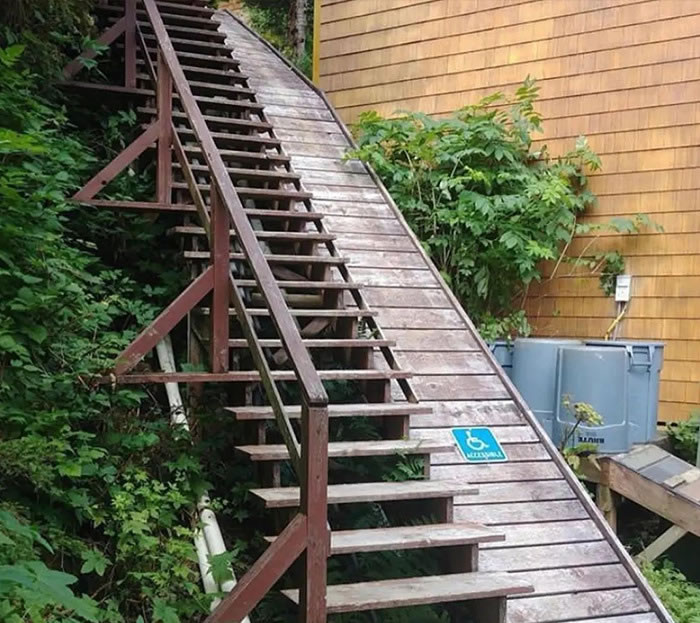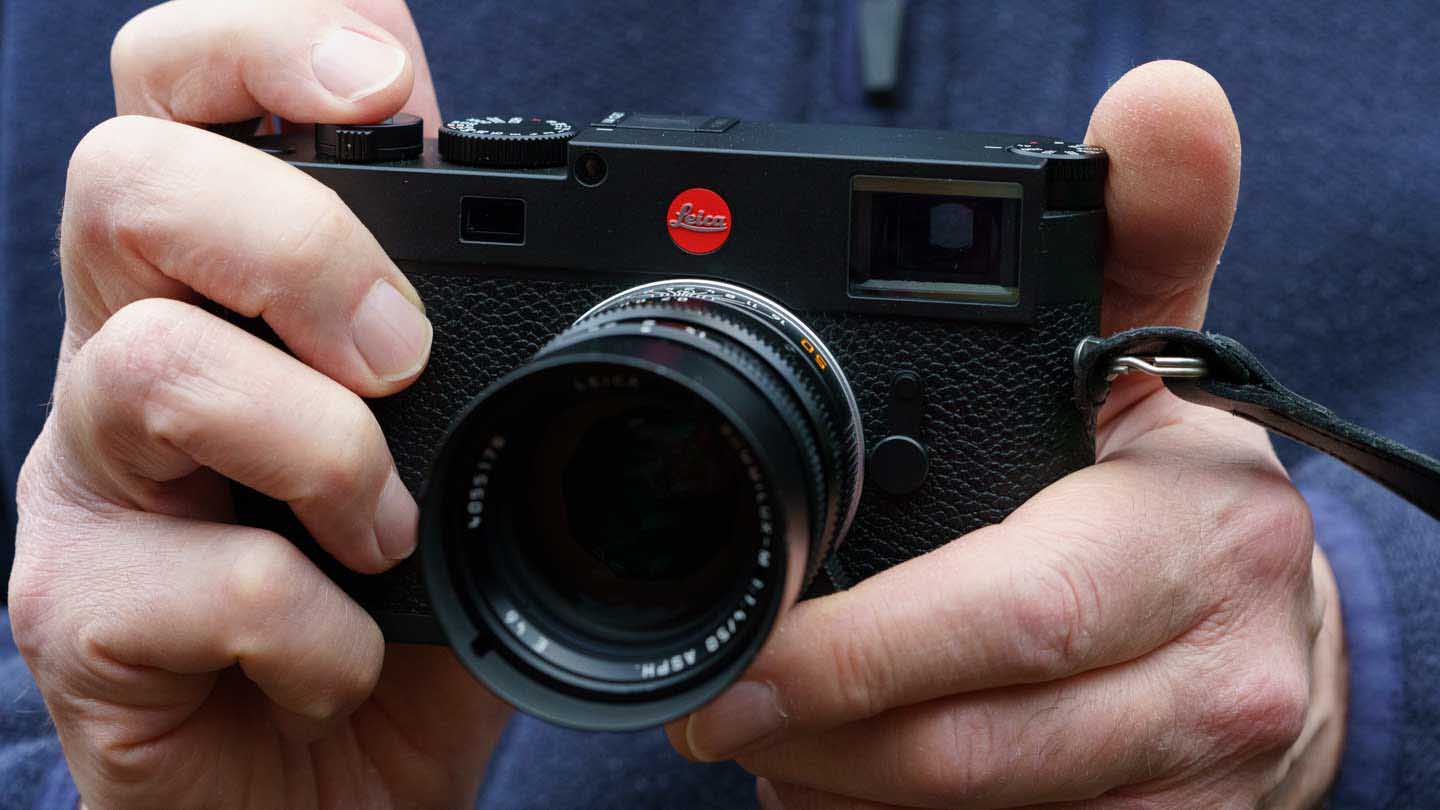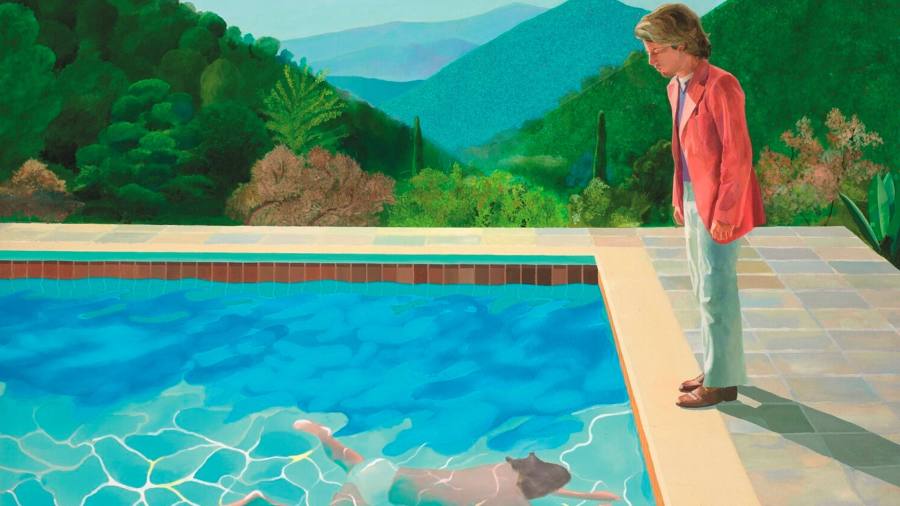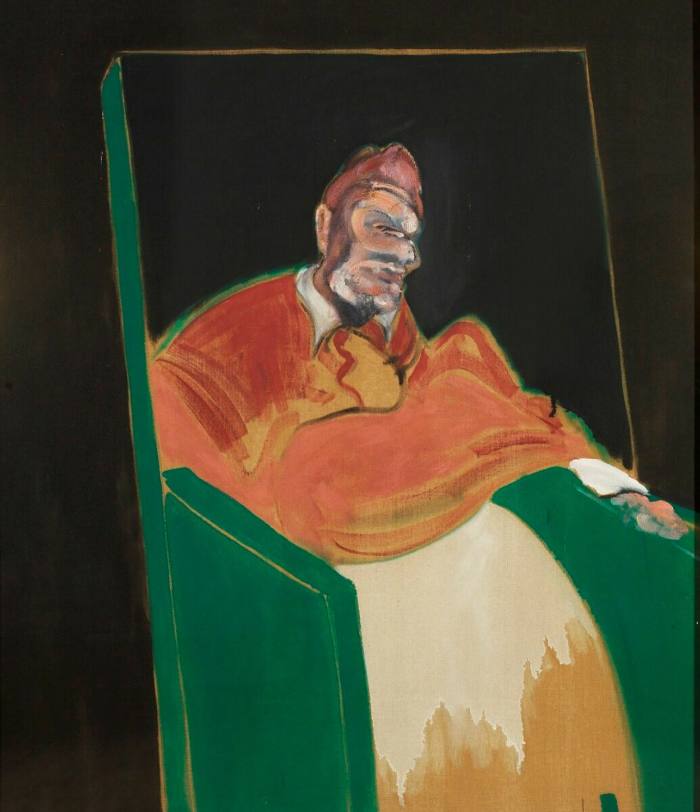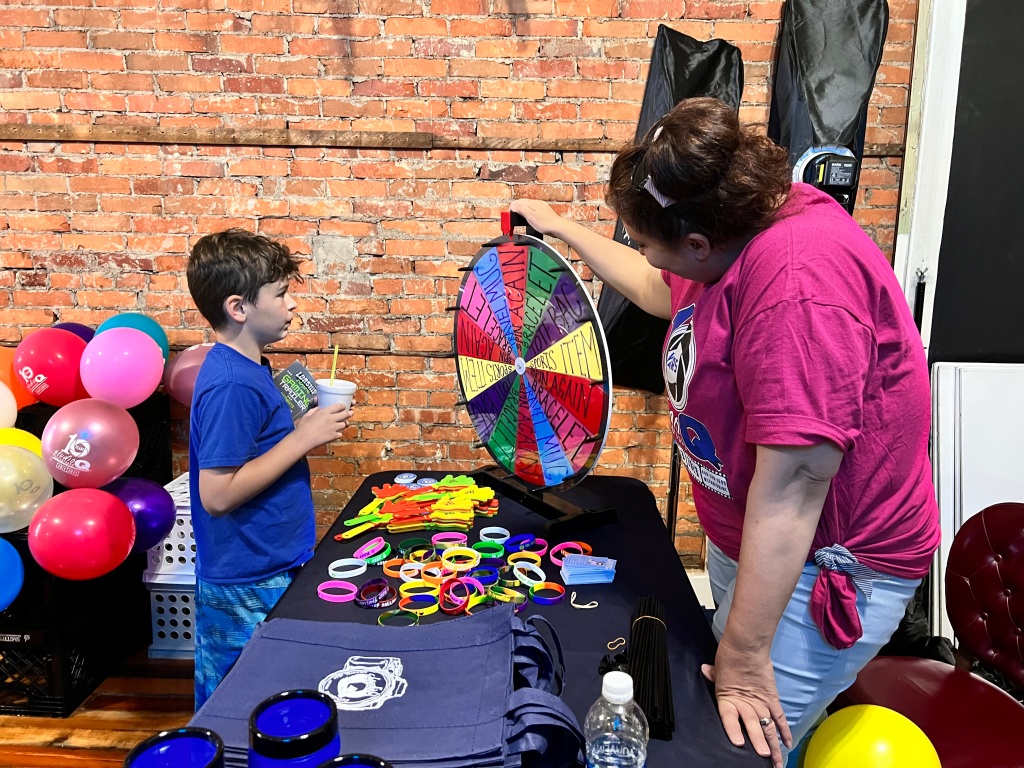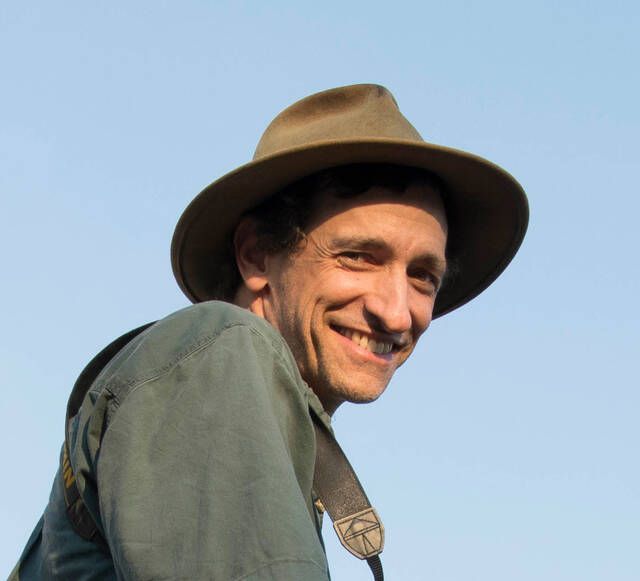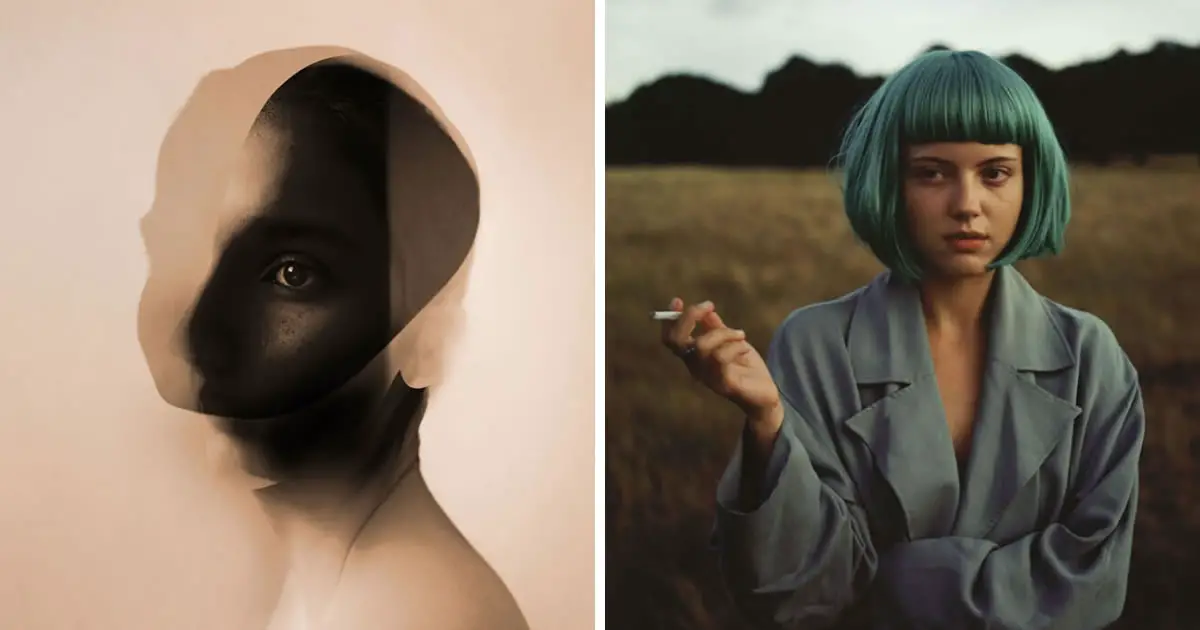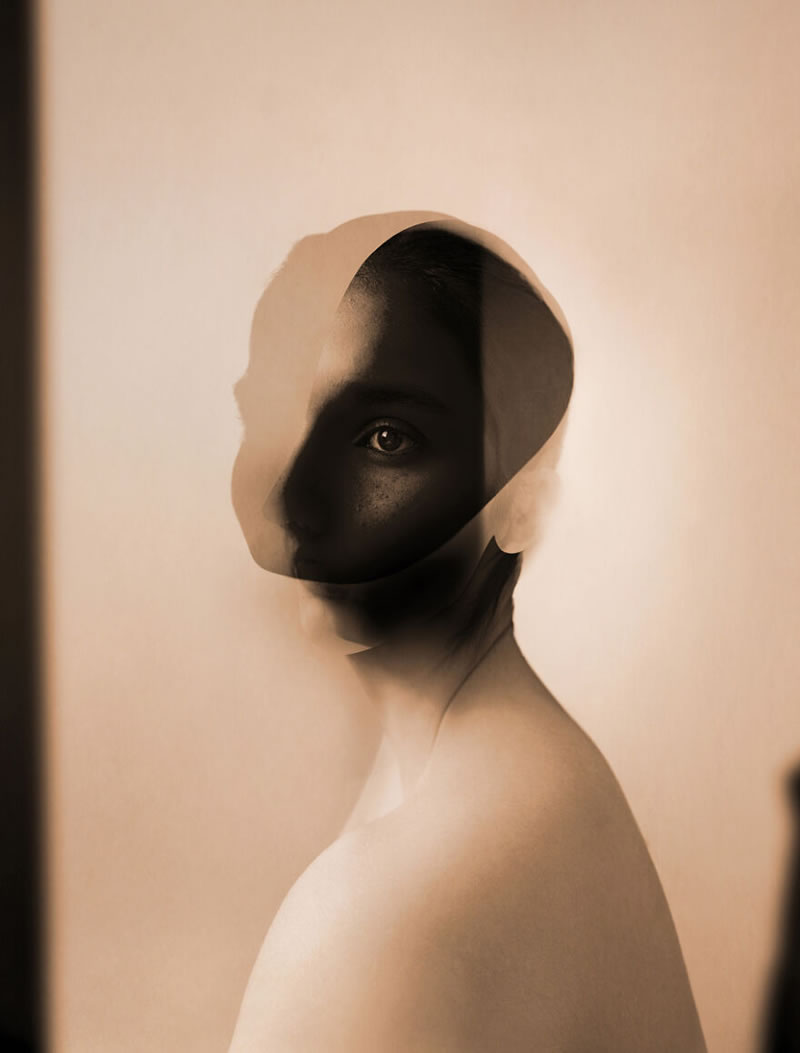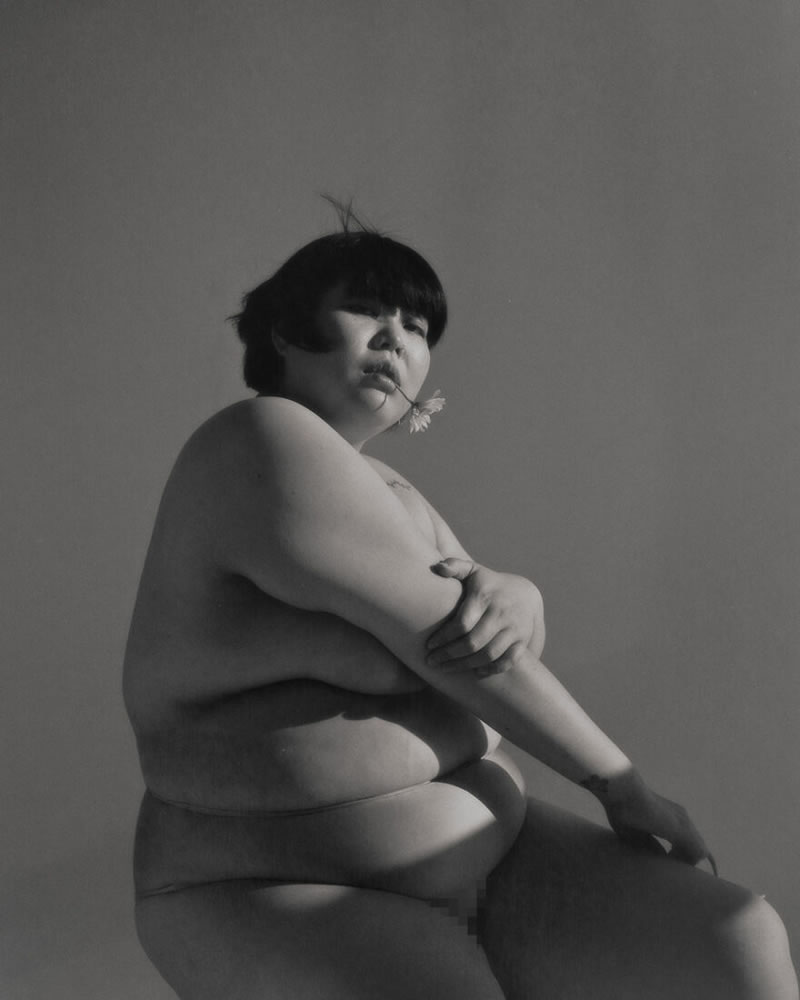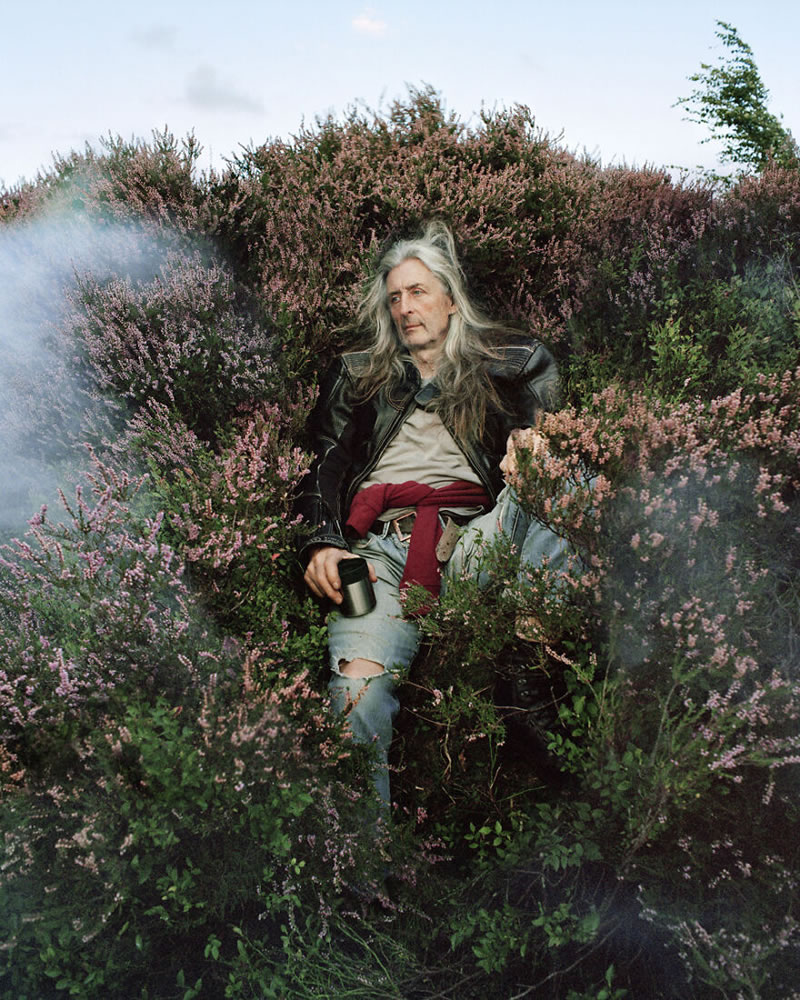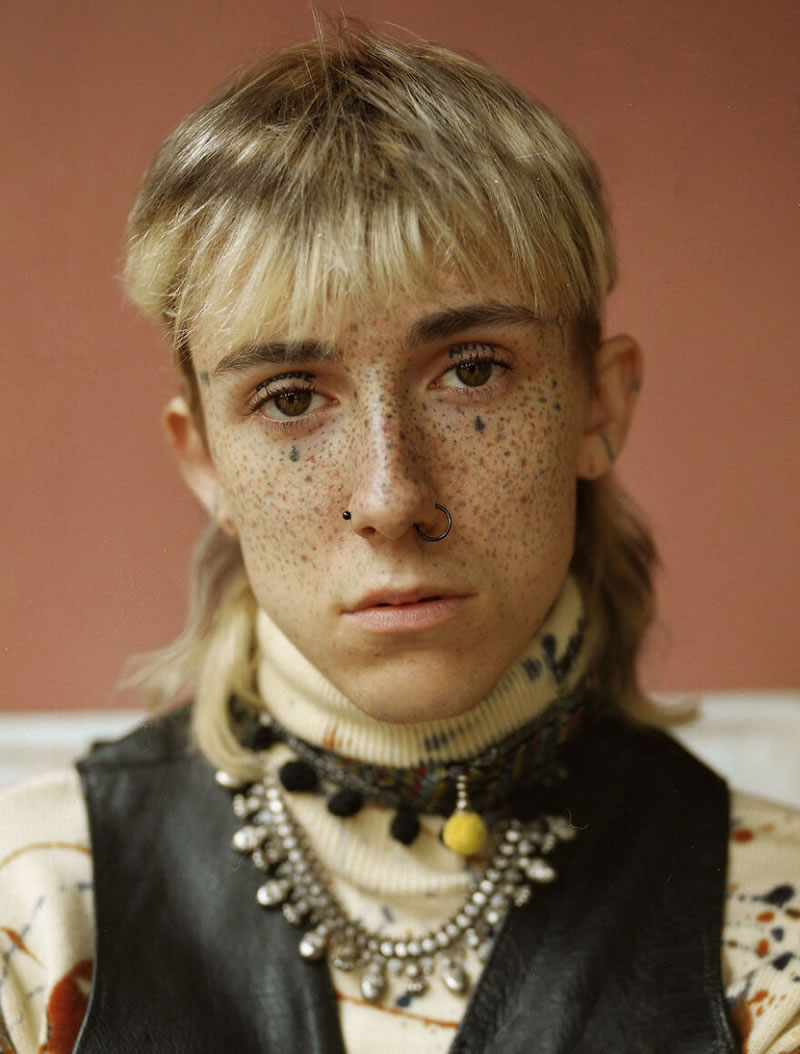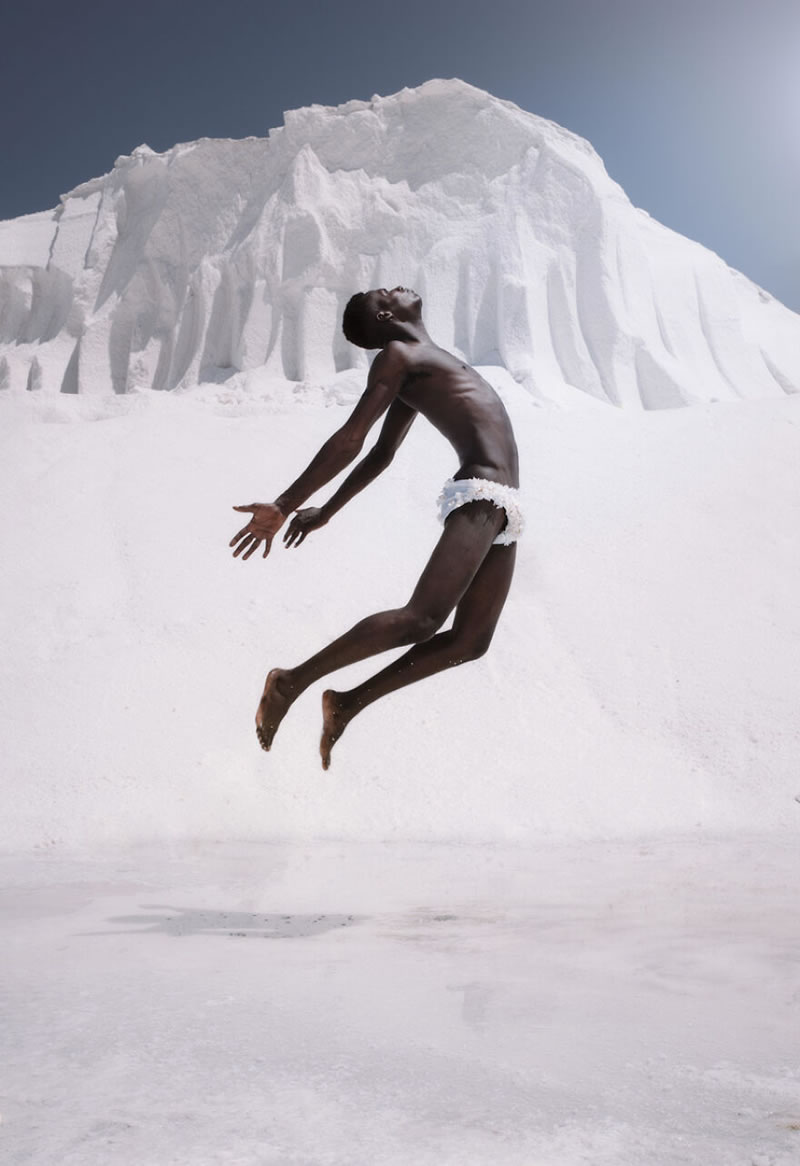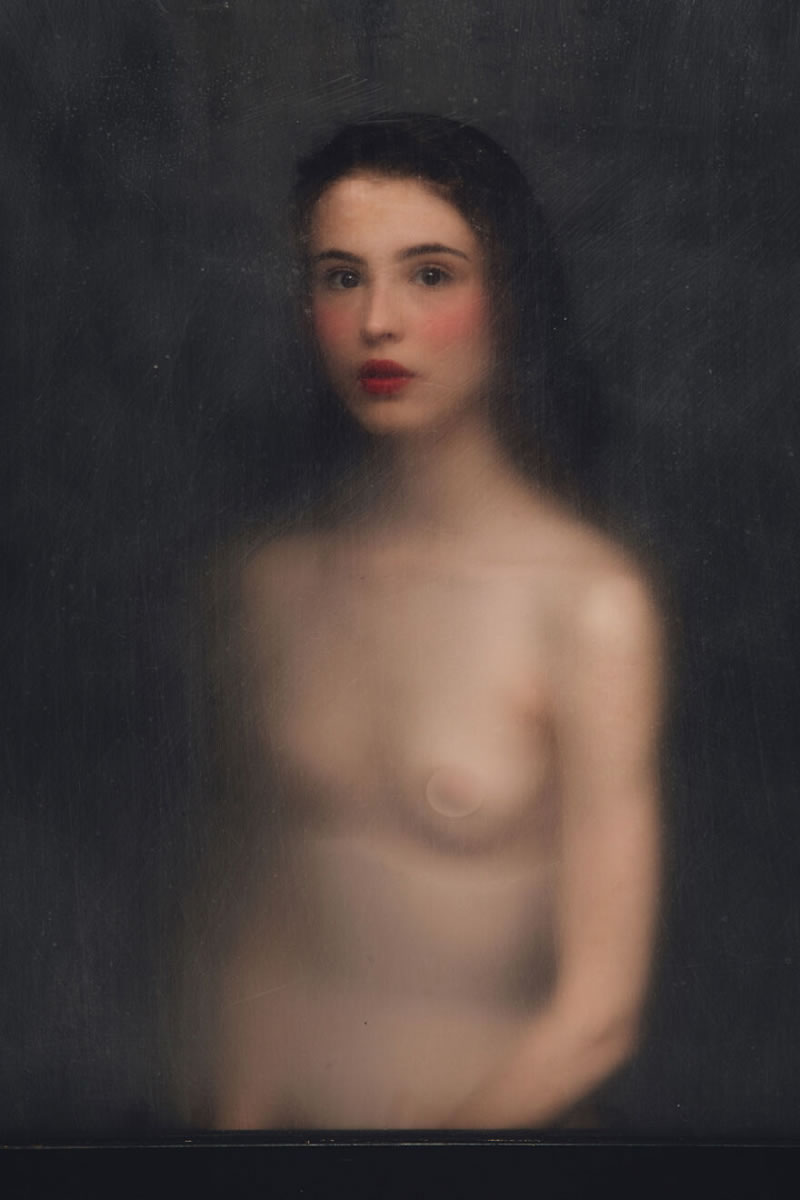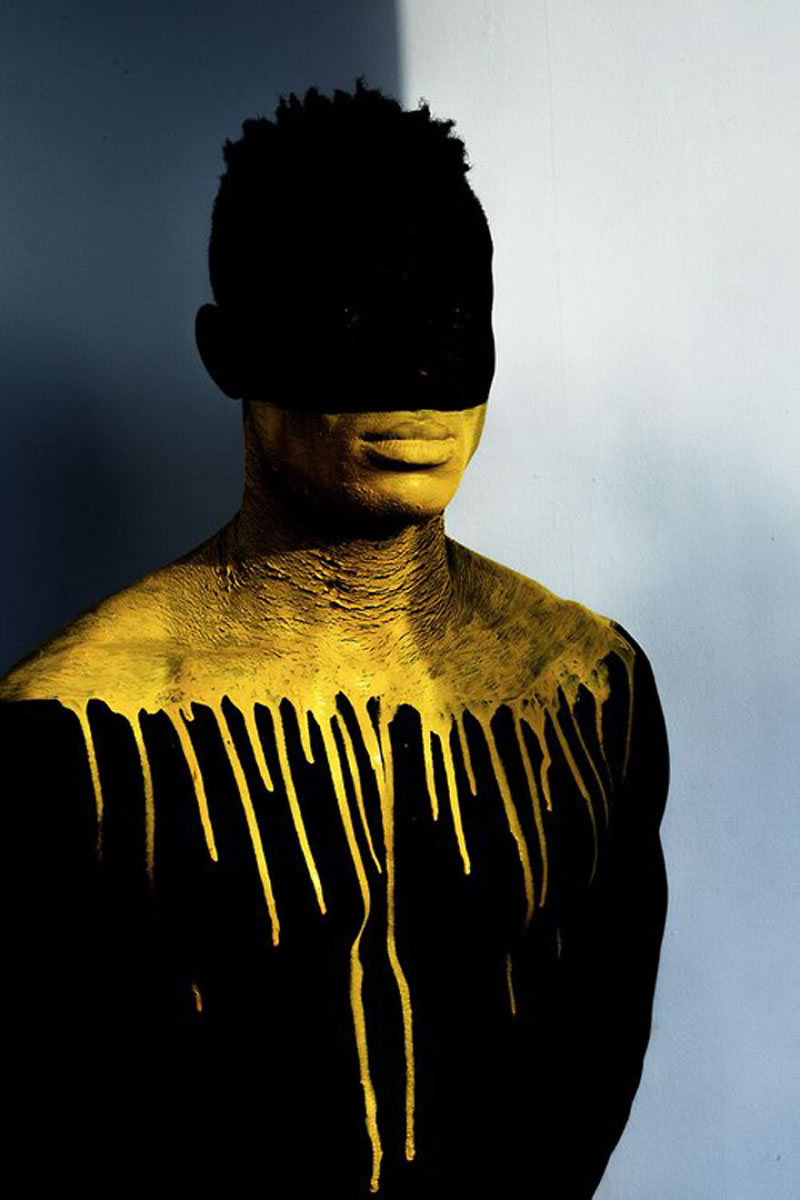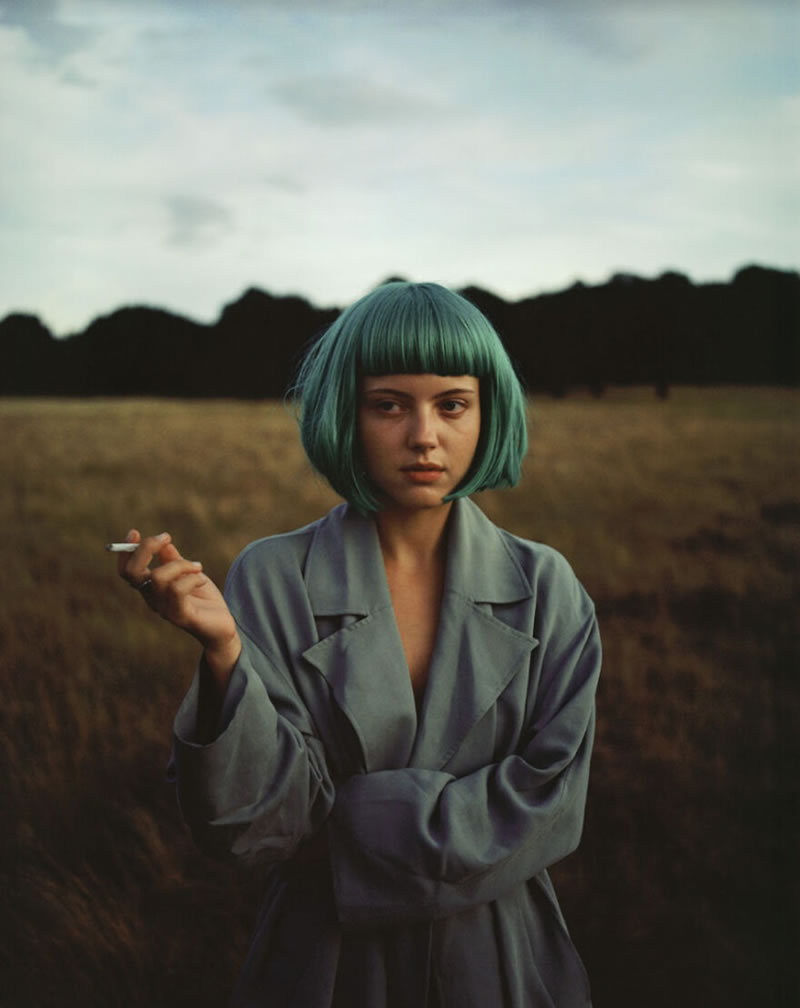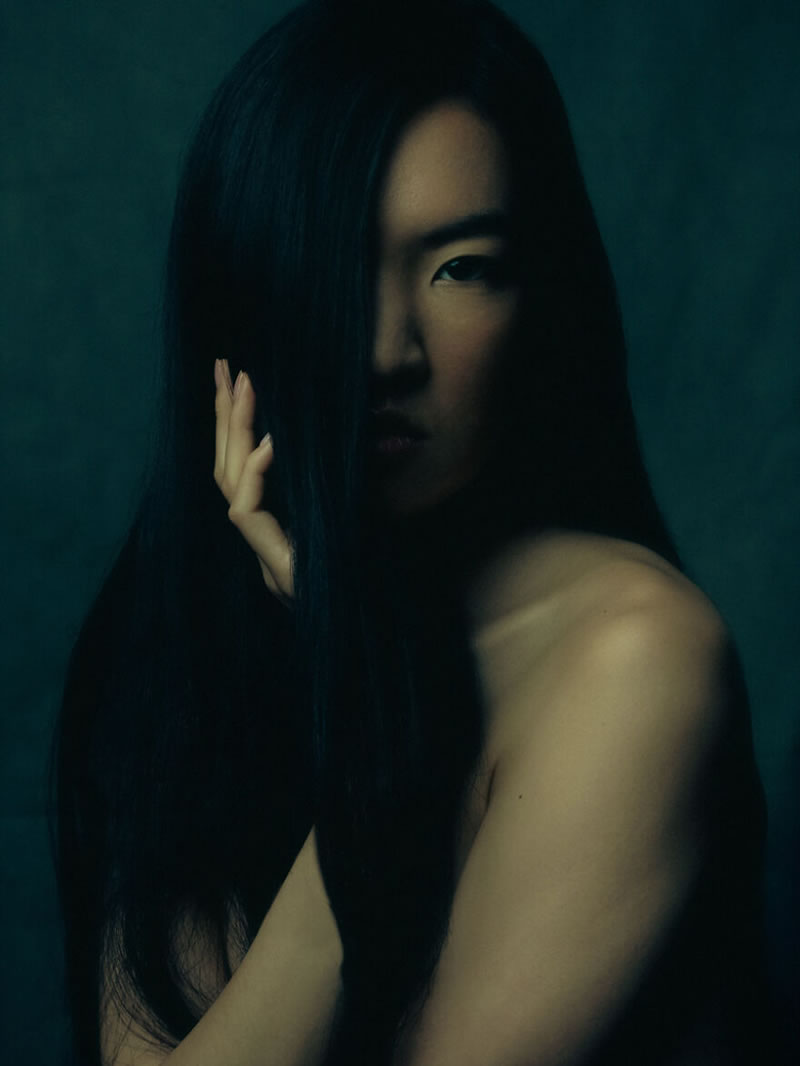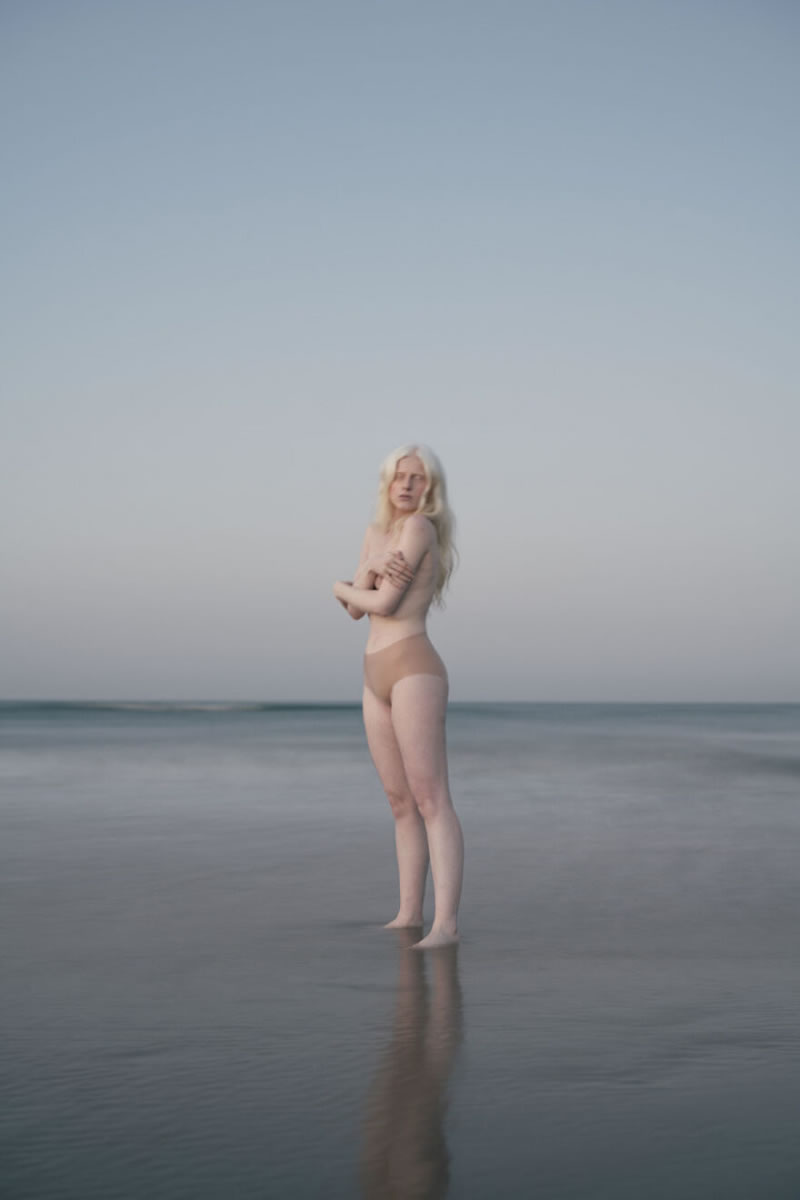[ad_1]
Barbara Peacock, an accomplished photographer residing in New England, embarked on a remarkable seven-year expedition across the United States, delving into the intimate lives of Americans within the sanctity of their bedrooms. Aptly named “American Bedroom,” this project meticulously captures the diverse living conditions and lifestyles of her subjects, showcasing the rich tapestry of American society.
The culmination of her extensive journey is now presented in a captivating book, soon to be published by Kehrer Verlag. Don’t miss the opportunity to secure your own copy by pre-ordering here!
Within this article, we have curated the latest photographs from Peacock’s immersive exploration, primarily focusing on captivating moments captured in Hawaii, Alaska, and Chicago—some of the most recent states she visited on her odyssey. As you scroll down, immerse yourself as an invisible guest within the most private spaces of America, experiencing the depth and authenticity of these extraordinary photographic narratives.
You can find Barbara Peacock on the Web:
#1 Jon, Age 66
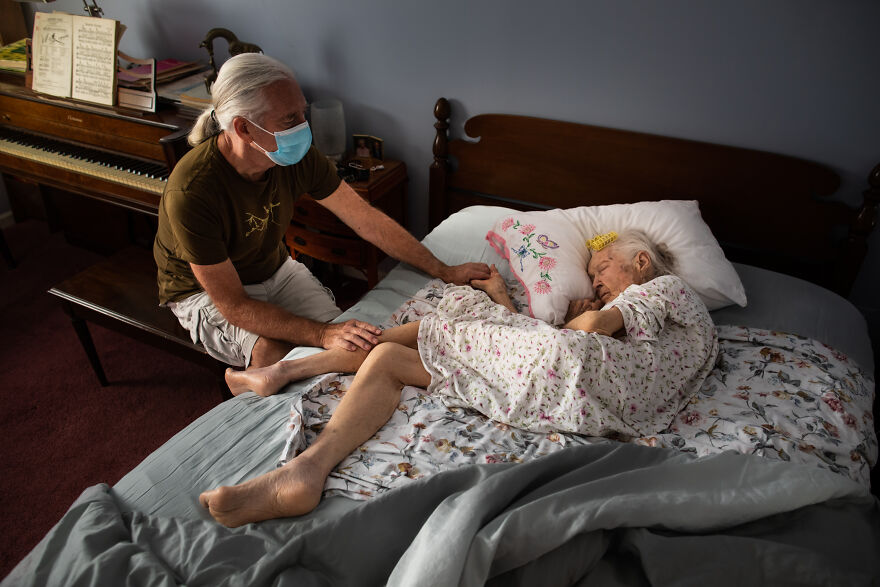
“Caring for my mother in the final months of her life was the most fulfilling, satisfying, terrifying, and profound thing I have ever had the honor to experience. I sensed the trust she had for me to care for her without judgment or reservation and the love we shared was deeper than any we had ever expressed before. I wouldn’t have traded those shared moments for anything, It was her final gift to me.”
Overland Park, Kansas
#2 Holocaust Survivor – Sonia, Age 94
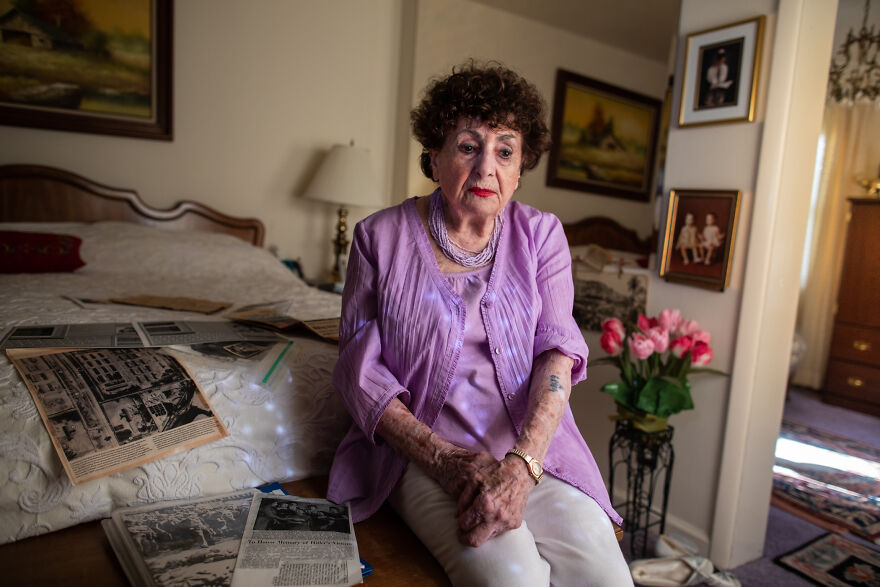
“I will never forget, I will never forgive but I will never hate.”
Kansas City, Missouri
#3 Barbara, Age 70
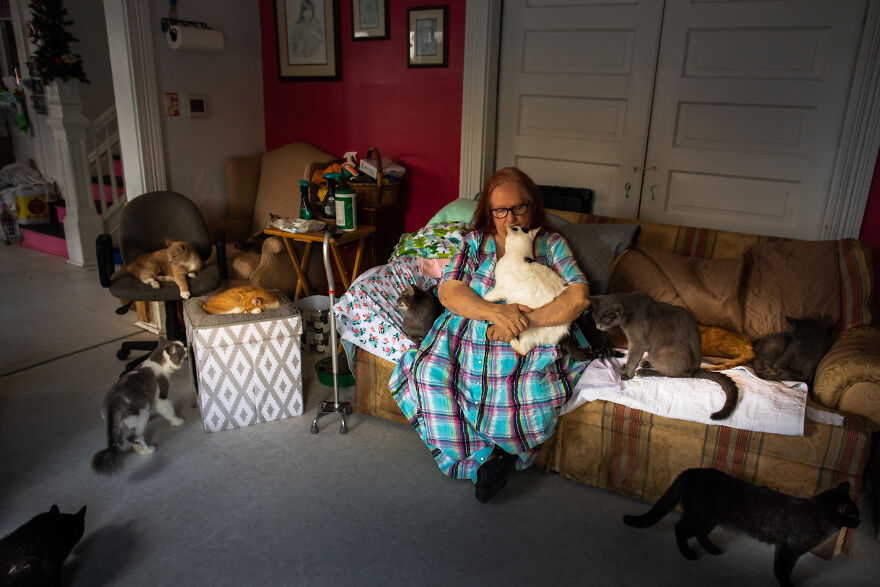
“This is not the path I thought I’d be on, but this is my path now. It is born of love.”
Indianapolis, Indiana
#4 Taylor And Shannon, Ages 25 And 26
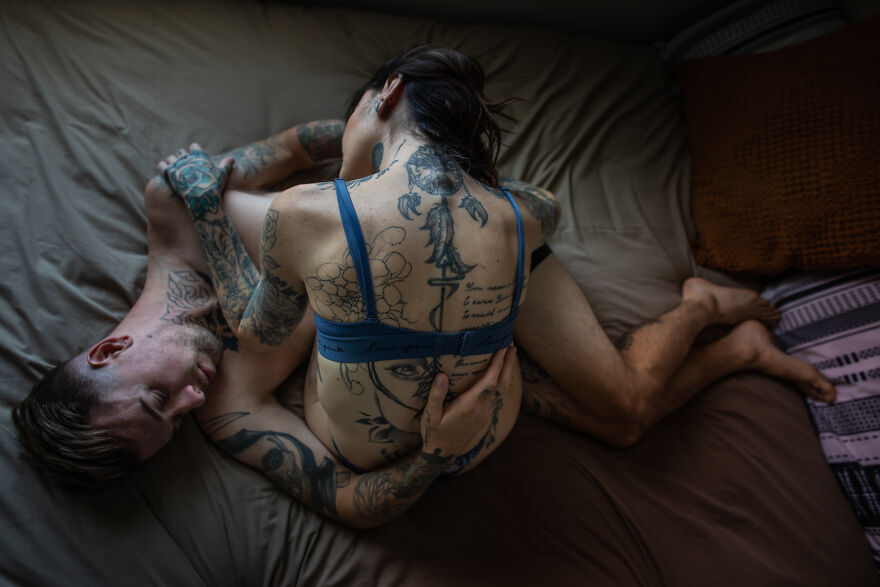
“All we ever wanted was a love that didn’t remind us of pain. We were never hard to love, we just asked the wrong people to try.”
Salt Lake City, Utah
#5 Damon, Age 43
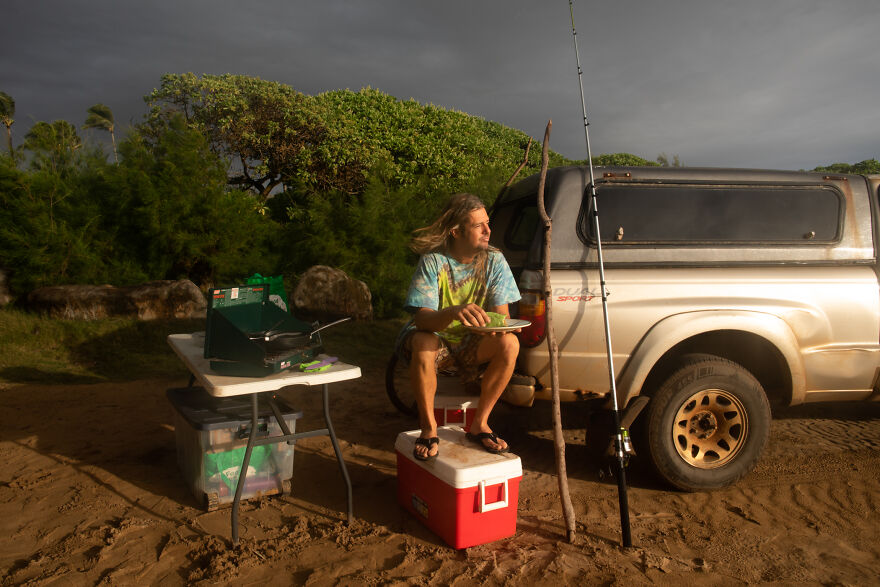
“I live surrounded by nature and beauty. Out here, I have everything I need, especially my peace of mind.”
#6 John, Age 63

“Life has been good to me.”
Chicago, Illinois
#7 Sara, Age 33
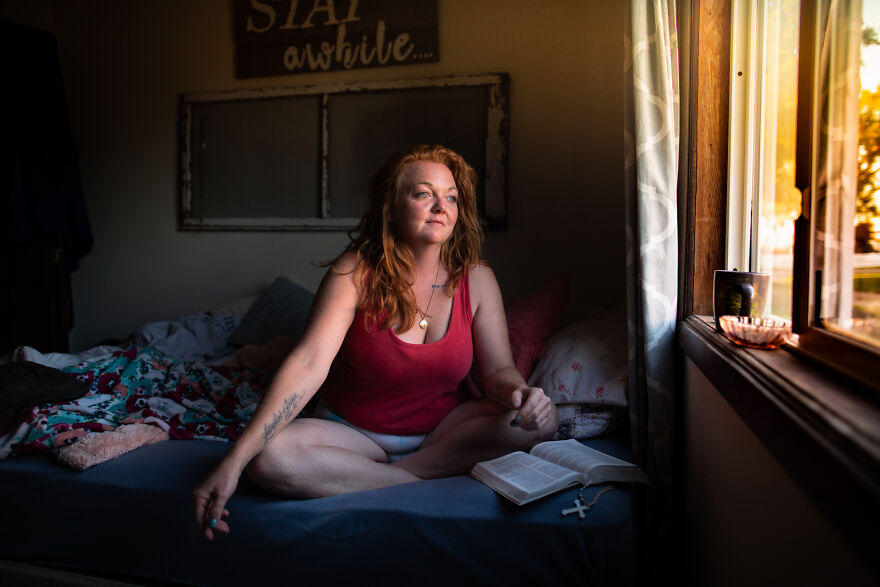
“Drugs, prison, loss. So, so much loss. Although I tried to leave this world I was saved and now with my newfound faith in God, I’ve found strength I never knew I had. With that strength came a new bond with my children that is concrete and un-breakable. I finally know that I am no longer a burden, but a blessing.”
Kimball, South Dakota
#8 Jeff And Sharman, Ages 68 And 70
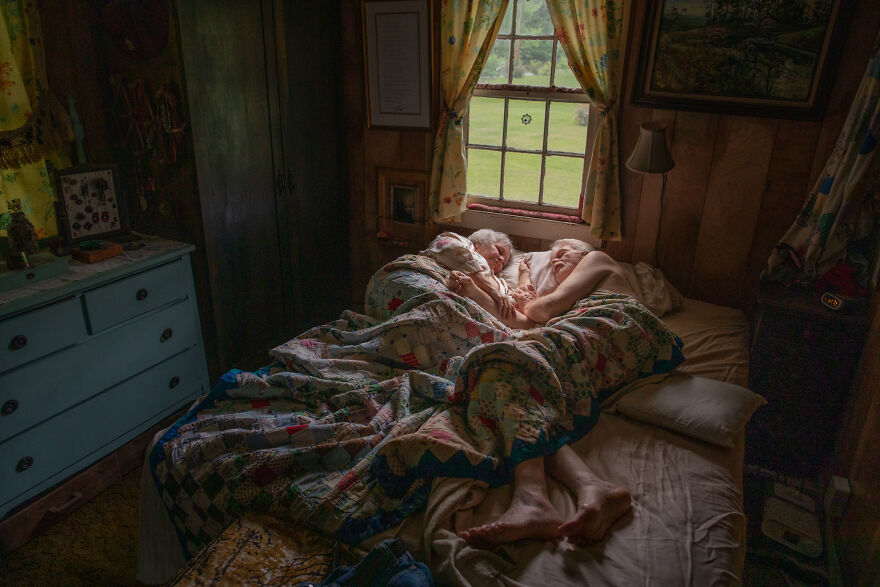
“The struggle of living close to the bone, tragedy, and loss, death, birth, and rebirth. Celebrations of lives well lived and the mourning of those cut short, successes, failures, questions and answers…nothing easy. We’ve walked this path going on four decades now. Tomorrow the sun comes up, and the journey continues.”
Eolia, Kentucky
#9 Mek (Siberian-Yupik Tribe), Age 29
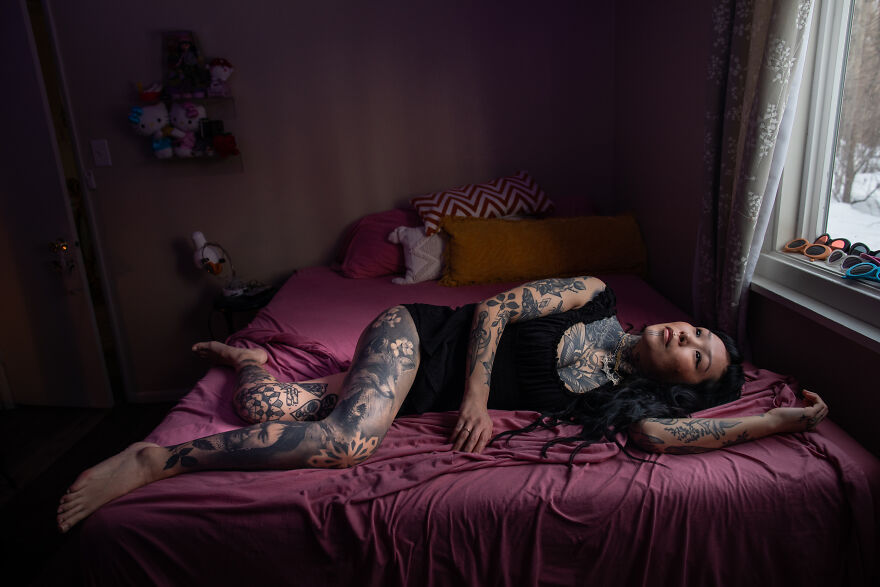
“While my physical parts feel safe among my living space, rested against a pillow, my heart yearns for my home, my community, our land.”
(Nunammi- on the land). Anchorage, Alaska
#10 Bandit, Age 25 They/Them (And Bacon The Kitty)
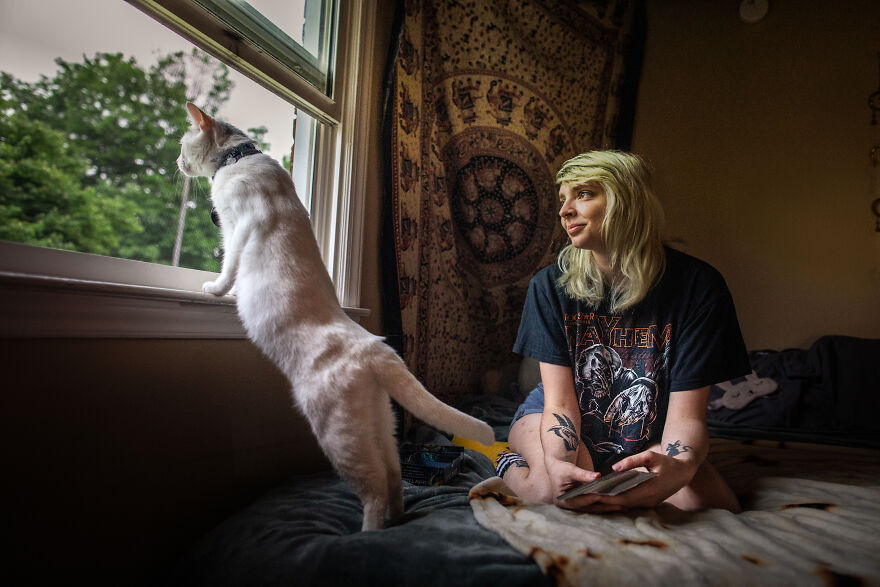
“I’m living through the largest burden of poverty and health issues that I’ve ever experienced, but I feel more alive than I ever have. Be true to who you are, scream it from the rooftops, and thrive!”
Lexington, Kentucky
#11 Nicole And Sven, Ages 42 And 38
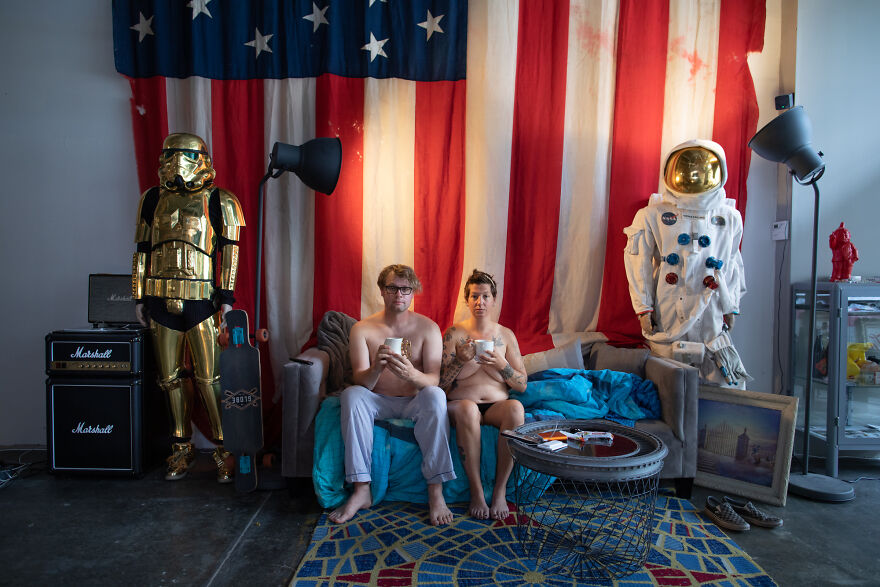
“We are tattered and distressed, emotionally wiped, just lost a baby and repairing our relationship. We were made for each other from across the oceans, we found each other”
Atlanta, Georgia
#12 Melissa And James, Ages 36 And 43
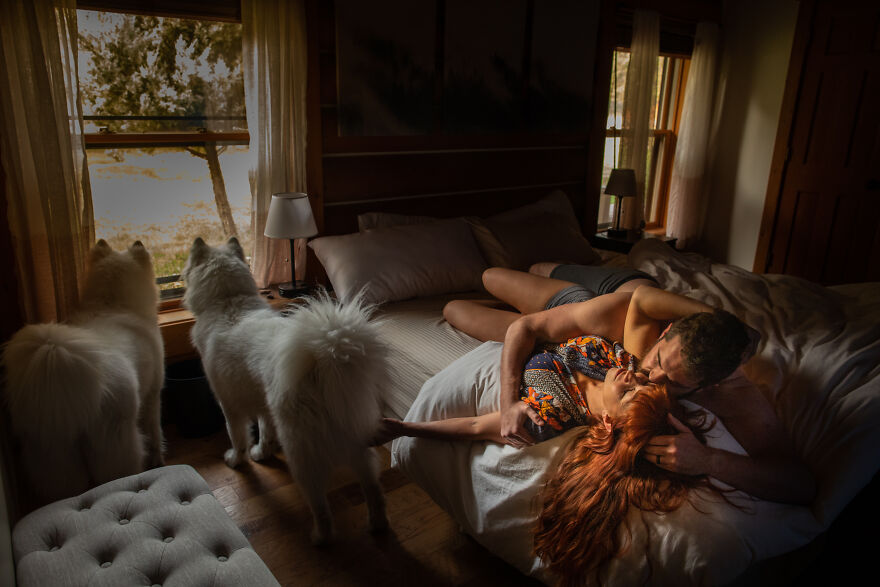
“We came from big cities from opposite coasts. We were looking for a quiet place. We were looking for freedom and sunsets and a sky that lets you breathe deep. Montana became our place.”
#13 Esther And Jenne , Age 67 And 34

Esther: “In my quiet space, I find rest and confidence in God!”
Jenne: “On Sundays, we like to rest from the week’s hard work, do a little baking for family and friends, and read the bible. Life is a blessing.”
Leola, Pennsylvania
#14 Molly And Zoe, Ages 30 And 31
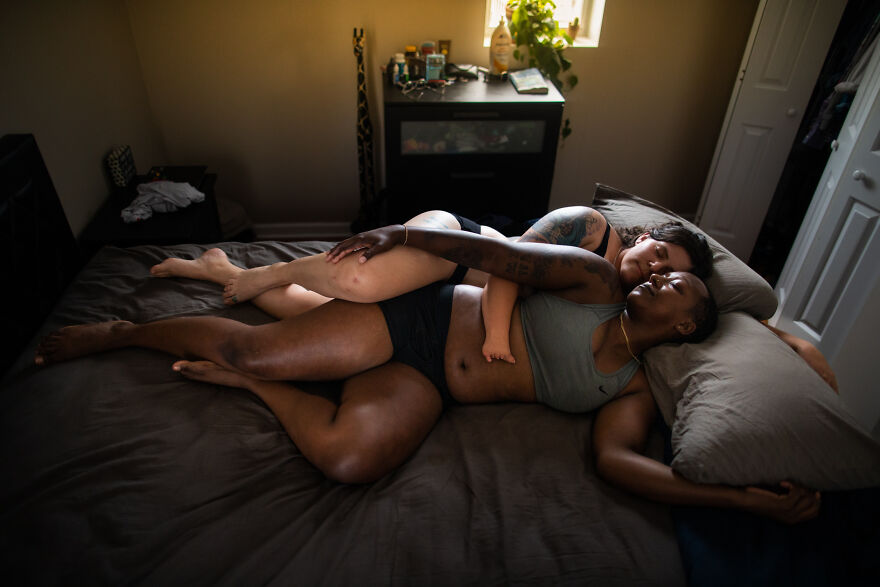
“Sometimes when we think about our childhood selves and not have imagined this – living a life with your best friend.”
Chicago, Illinois
#15 Chelsea And Soul, Ages 37 And 8
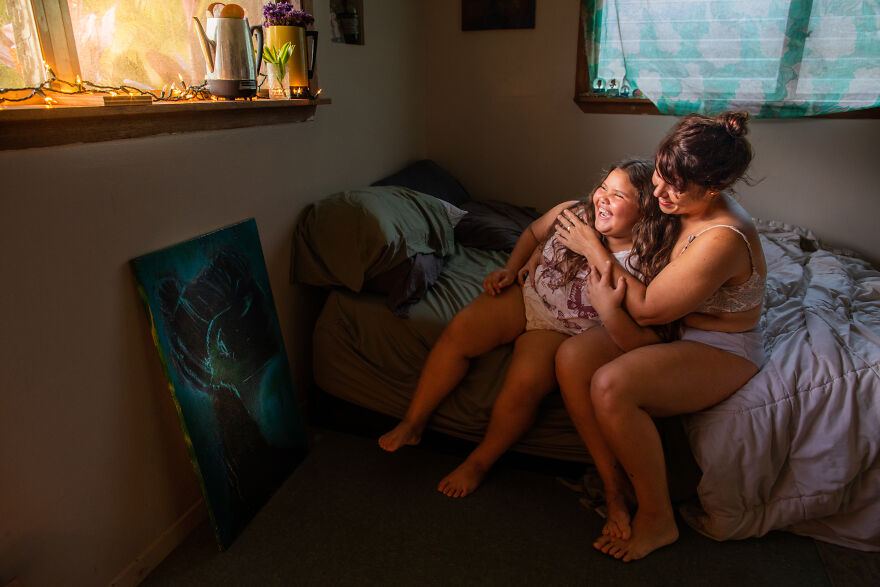
“My heart knows this is the best part of my life and it keeps the constant whisper of…’Do not miss this.’”
#16 Fin, Age 33
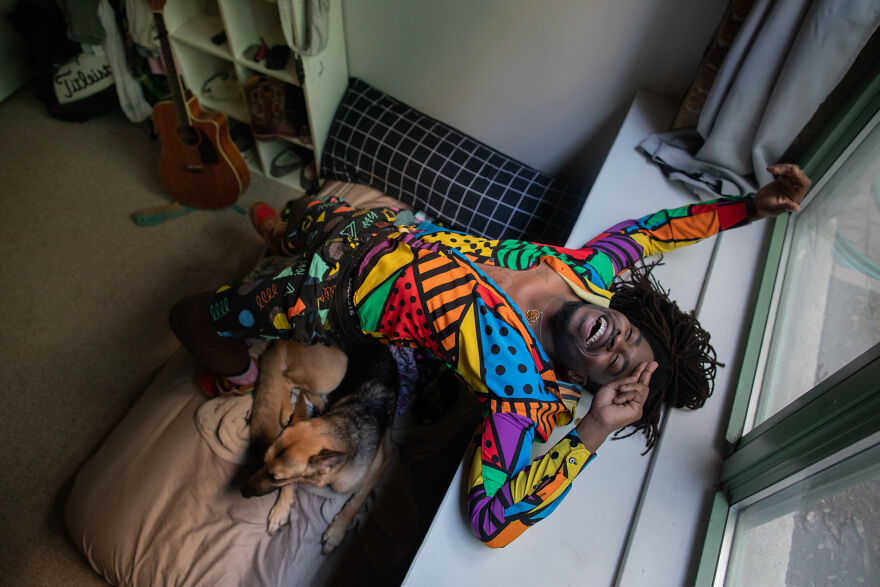
“God gave us the earth as our home, so as long as you are here on Earth you’ll never be homeless.”
Chicago, Illinois
#17 William, Age 21
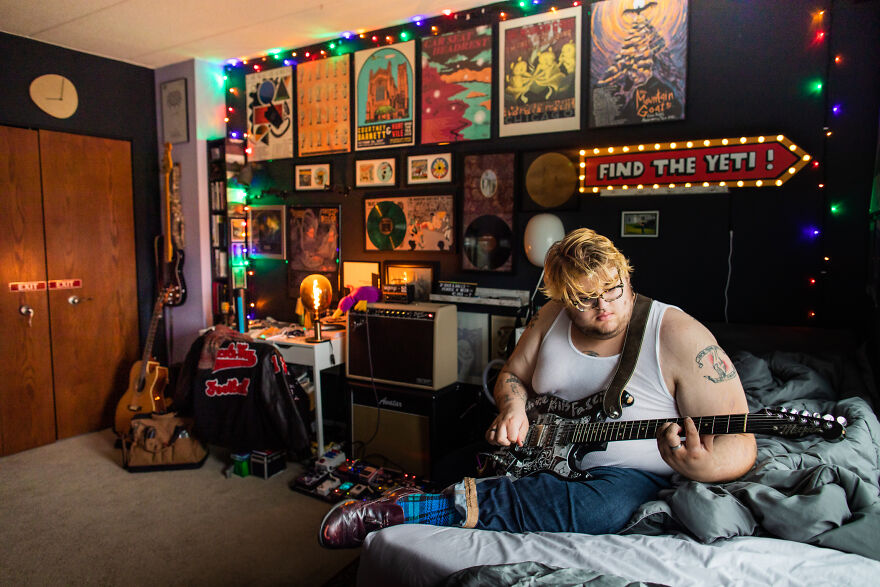
“Sometimes I look around me and even on my walls and I just wonder if I’ll ever be one of those people to someone else? I’m trying to finally move forward with my life, study in my field but my own penchant for self-doubt and self-criticism often gets in the way. I need to learn to strong-arm myself into respecting myself or everything will be needlessly more difficult.”
Chicago, Illinois
#18 Lee Ann And Lynn, Ages 75 And 79
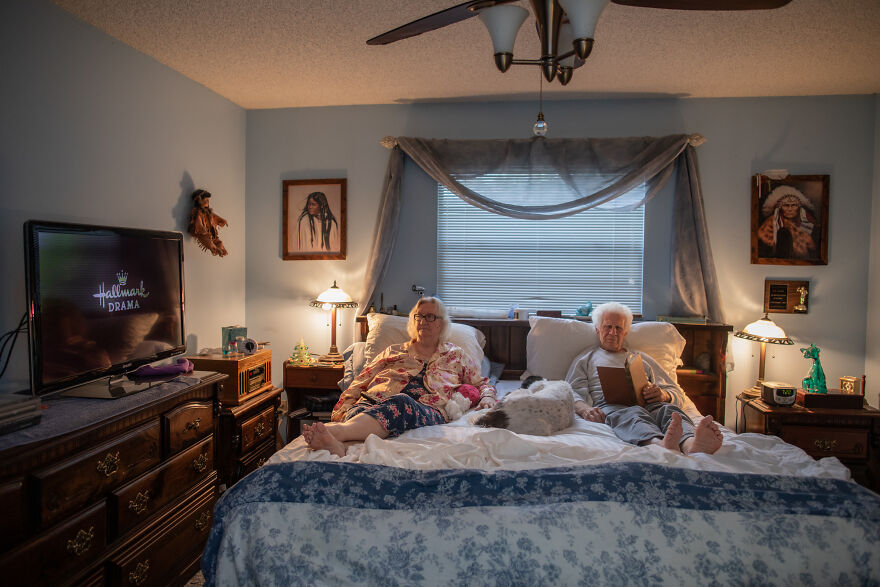
“Life starts in a prone position, just as each day starts and finishes and as life ends.”
Land O Lakes, Florida
#19 Jeremiah, Age 45
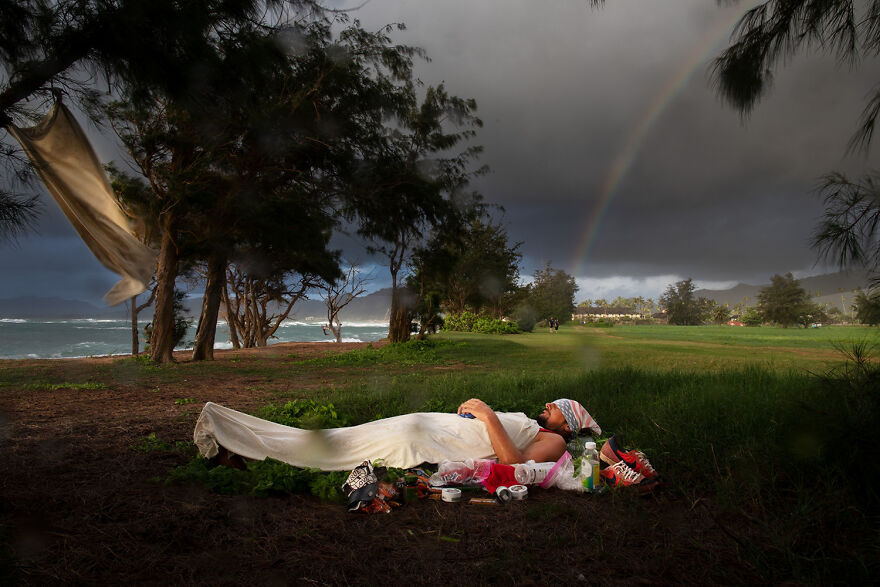
“By choice, I have slept in the grass for 6 years. My body is cleansed and pure. When I leave, I leave no trace.”
Kauai, Hawaii
#20 Alexander And Grace, Ages 26 And 28
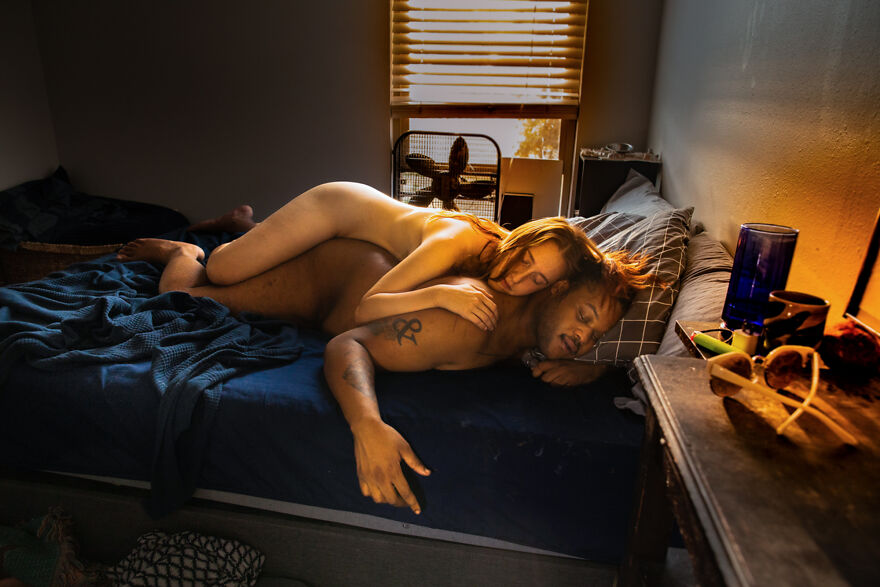
“We hold this together with our bare bodies, hands and hearts. Lavishly and somewhat simply. We found this love between us one day and we are grateful for it everyday.”
#21 Paulina, Age 40

“I live out here because I like to sparkle.”
#22 Dennis, Age 63
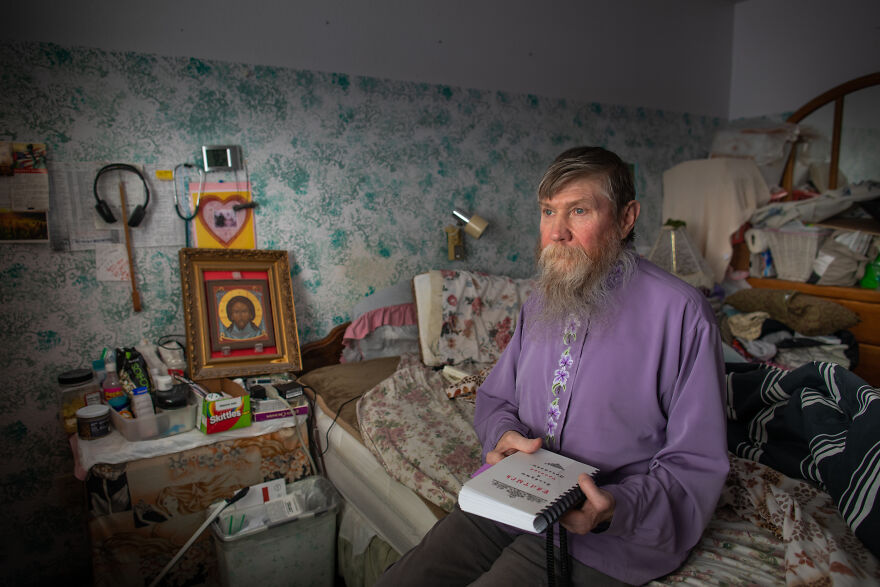
“I am in the right place. God gave me this gift. When I come home I am free.”
Nikolaevsk, Alaska
#23 Hope (She/Her/He/Him) And Kurt (He/Him), Ages 16 And 17
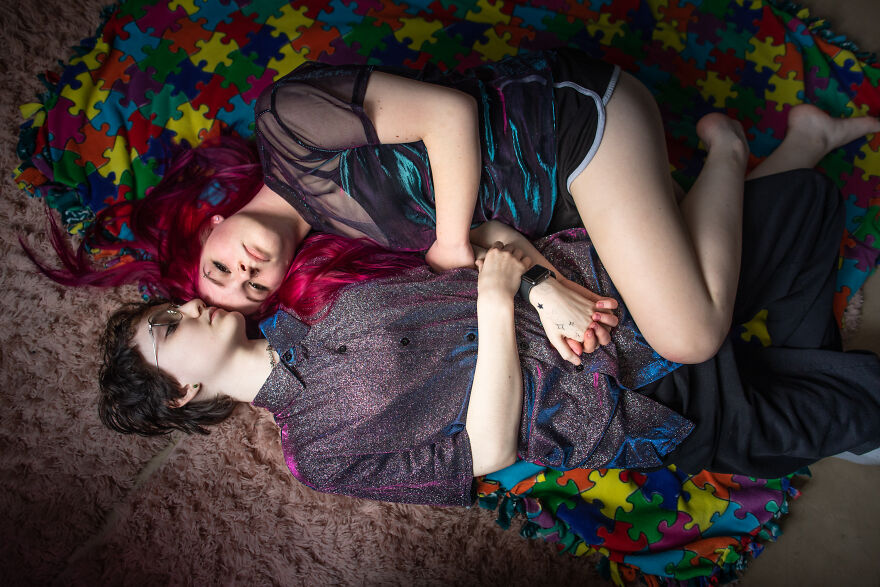
“I love you with every atom! You are the tranquility of a calm stream and the excitement of a waterfall. You bring me all my favorite feelings. Forever isn’t long enough with you.”
Anchorage, Alaska
#24 Kelly, Age 44 (With Frankie)
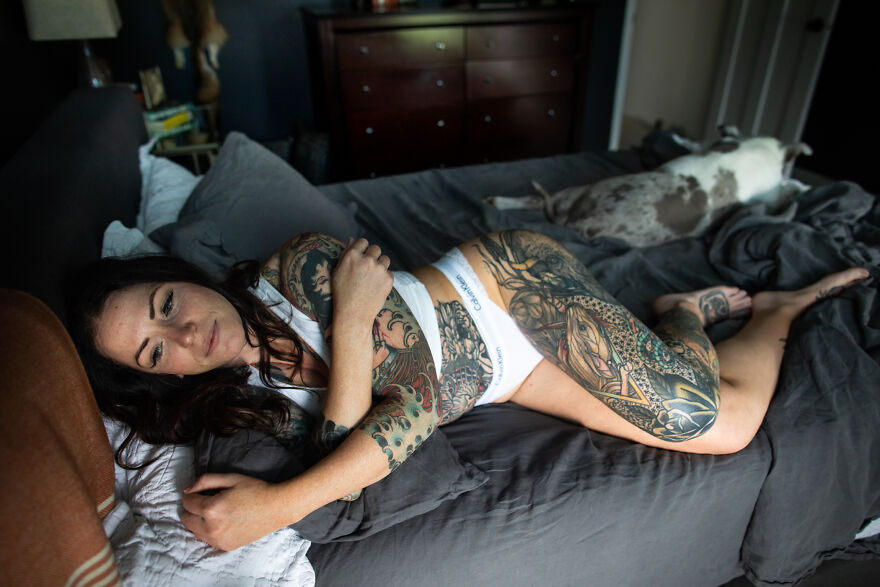
“Sometimes you win. Sometimes you learn. It’s those ‘losing’ moments that carry weight and bring forth opportunities for movement that could have gone unnoticed had I stood still winning.”
Columbus, Ohio
#25 Amy And Eric, Ages 38 And 42
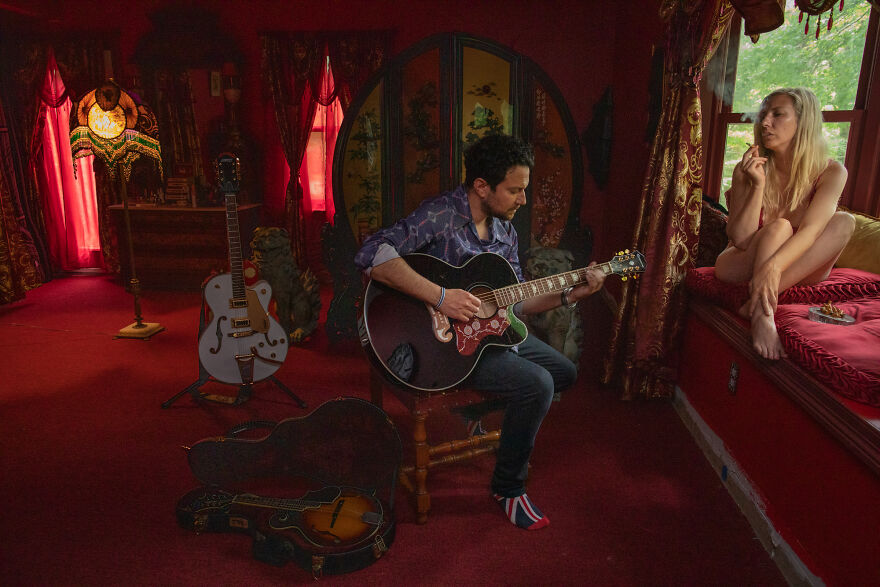
“She asked for my faith. All l had to offer was a song. For her that was a kingdom.”
Nashville, Tennesee
#26 Veronica And Griff, Ages 29 And 32
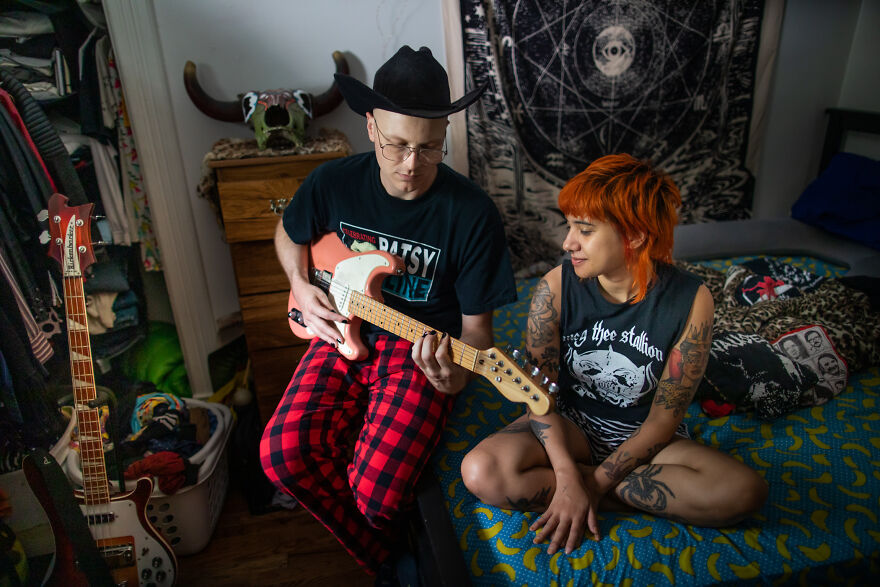
“This is where we share our secrets. Where we share each other. Where we show up and lay our heads with no fear. Rest comes east here despite the world being so unpredictable. This is our home.”
Madison, Wisconsin
#27 Anna And Ruby, Ages 21 And 22
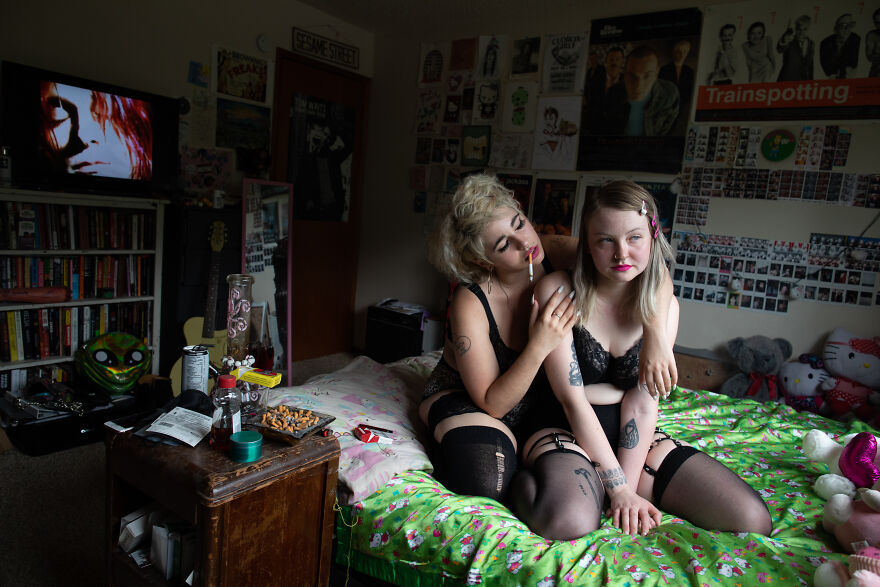
Anna: “As I move through each era of myself, I fall increasingly in love with the new version. Loving myself aggressively and completely is the most radical thing I’ve ever done.”
Ruby: “I am fulfilled by the concept that love is a spectrum, whether romantic, platonic or somewhere in between. After a lonely childhood, I have finally found my place in this new chapter of life that gives me comfort and joy that I have never experienced before.”
Portland, Oregon
#28 Holly, Age 27
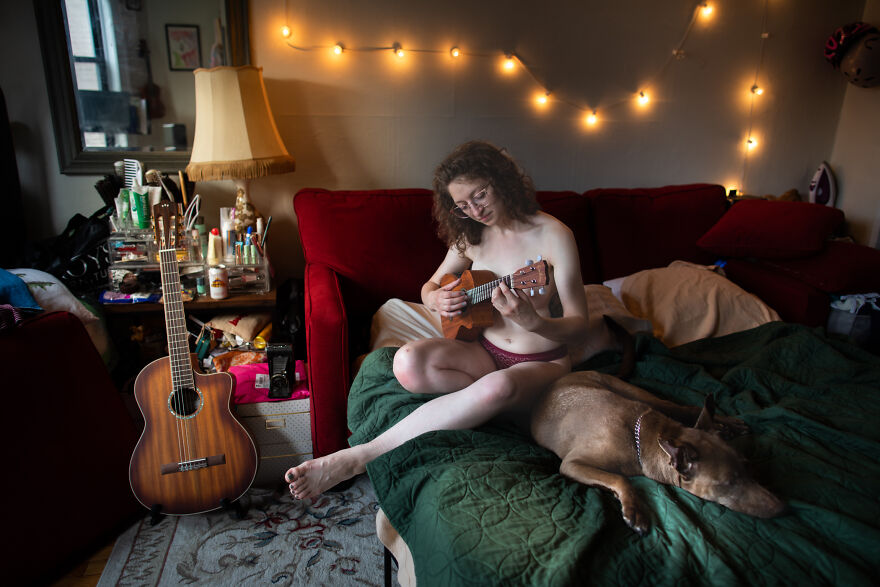
“Life is as simple or complex as I choose to make it. There is peace and comfort in knowing that it’s all temporary because it reminds me that my wildest dreams and deepest desires are obtainable and achievable only by me. The only way to get there is to keep moving forward.”
Chicago, IL
#29 Lee, Age 49
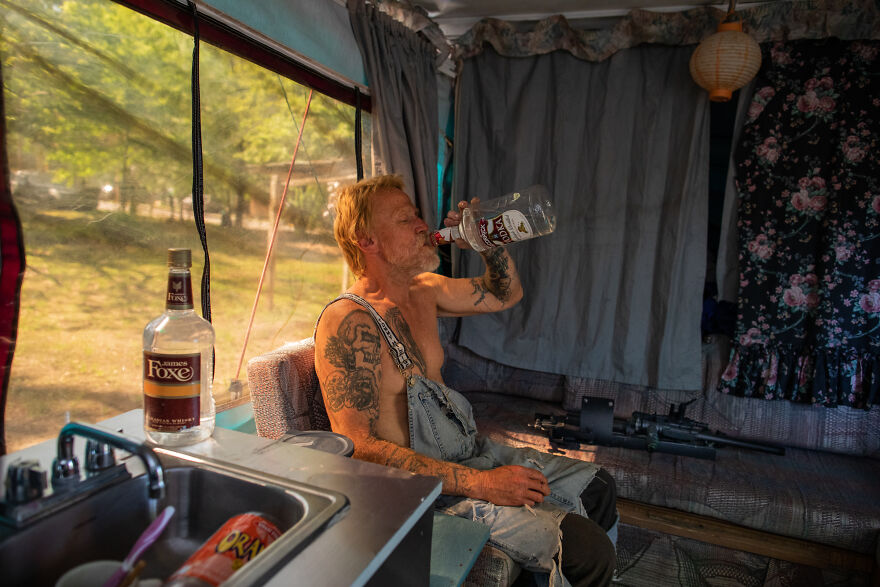
“It’s hard in Pine Bluff. It’s like a black hole, it sucks you in and keeps you.”
Pine Bluff, Arkansas
#30 Laura And Spencer, Ages 23 And 23
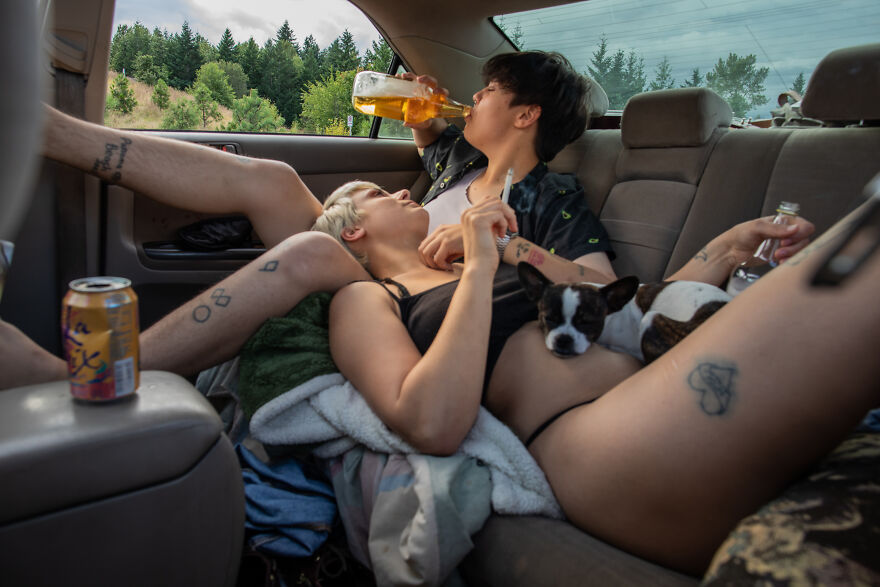
Spencer (he/him): “My heart lies within me but my home lies within so many other’s hearts. My journey to find my home will never end until I find my way back to myself.”
Laura(she/her): “I’ve had this car as a comfortable and consistent place longer than I’ve lived in any room as an adult so far.”
Portland, Oregon
Related Articles:
[ad_2]
